Juvenile Dekay's Brown Snake (Storeria dekayi) 3 Share Report Save level 1 3yThe copperhead in tIt's 'baby copperhead season' — what to know about NC's most common venomous snake 1 month ago 16 Copperheads, the most prevalent venomous snakes in North Carolina, start making themselves known each year in the spring, just as the weather starts to warm upAfter a baby copperhead reaches adulthood it will be somewhere between 2 3 feet long Young cottonmouths

Snakes
Copperhead snake baby brown snake nc
Copperhead snake baby brown snake nc-Piedmont North Carolina ~10 inches juvenile Is this a baby copperhead?Description Brown snakes are usually light brown in color, but may be rather gray or reddish brown The brown snake typically has a pale stripe running down the middle of its back and has a row of small dark spots on its sides The belly is whitish and often has black spots along its edges
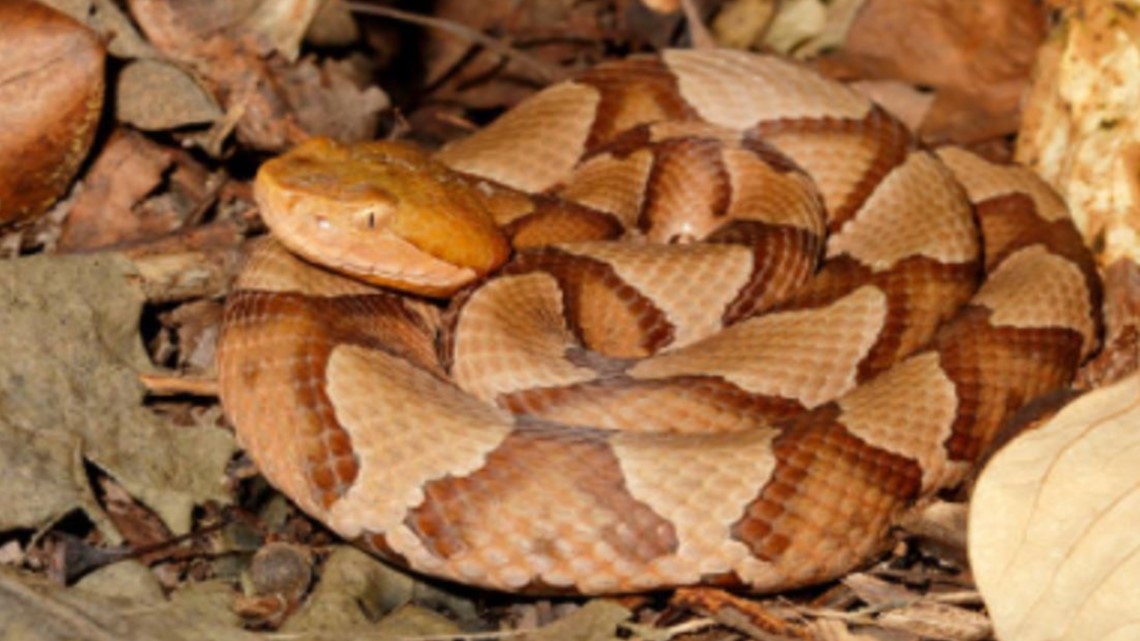



Watch Out For Baby Copperhead Snakes Wfmynews2 Com
Regularly reaching 5 to 6 feet in length, the rat snake is one of North Carolina's longest snakes, surpassed only by the eastern coachwhip (Masticophis flagellum) Are snakes a problem in North Carolina? Other than being painful, copperhead bites are generally nothing to be worried about Claim If you see a brown snake with darker banding around it, that's a copperhead, and you should kill it Verdict False While some brown snakes with dark banding are copperheads, other snakes, like water snakes and corn snakes, can look very similar Aug 6—Copperheads, the most prevalent venomous snakes in North Carolina, start making themselves known each year in the spring, just as the weather starts to warm up The seemingly ubiquitous
These common "little brown snakes" are sometimes mistaken for "baby copperheads" Both young and adult copperheads will have a brown body with thick dark brown bands Most copperheads are also born with a bright yellowgreen tip on their tail, which fades to brown and the snake growsImage by Peter Paplanus via Flickr CC BY Scientific name Lampropeltis triangulum triangulum Average adult length 23 ft Distribution The Eastern Kingsnake can be found in its northern range from Maine to Canada and in it's southern range from North Carolina to Alabama Venomous No The Eastern Milksnake is a docile, harmless snake that just happens to resemble the venomous Nearly 400 snake bites have been reported to North Carolina Poison Control as of early July, Spectrum News 1 reported Copperhead
Baby snakes in nc EZBrown Snake Description Brown snakes are usually light brown in color, but may be rather gray or reddish brown The brown snake typically has a pale stripe running down the middle of its back and has a row of small dark spots on its sides The belly is whitish and often has black spots along its edges Brown snakes have rough (keeled) scales The most common in North Carolina is the copperhead snake, and they're venomous "You couldn't really see it because it was right by the leaves, and it's tan and brown and it has little Hershey kiss patches on them," Thompson said Dr Beuhler says the amount of venom a copperhead releases when biting someone depends on how threatened
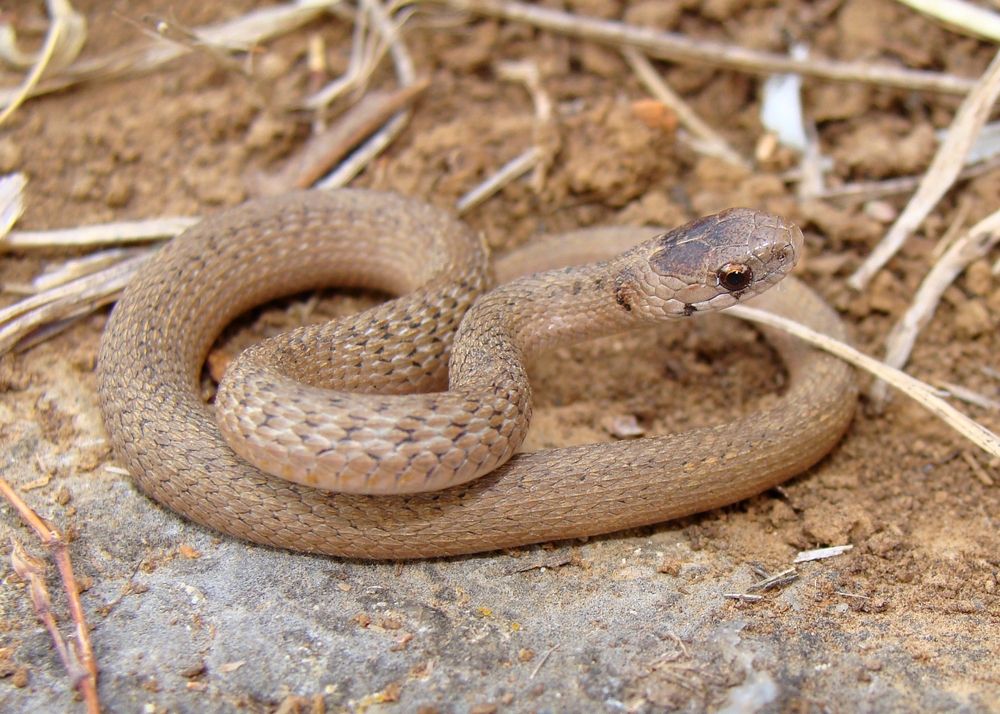



Facts About Brown Snakes Live Science



1
Bockhahn 18 Queen Snake Coachwhip Eastern Milksnake Eastern Pine Snake Mud Snake Rainbow Snake Carolina Swamp Snake Filesncgov DA 12 PA 43 MOZ Rank 56 North Carolina Snakes Pictures and Identification HelpNorthern Copperhead, Agkistrodon contortrix is a venomous pit viper found in Eastern North America Copperhead snakes are common in large parts of the United States Where adult snakes can be found, baby copperhead snakes are almost guaranteed to be around the same parts at their most active time of year You are likely to spot a copperhead baby closer to habitats whereThe body of a copperhead is usually a light tan or slightly pink color Sometimes baby copperheads are grayer than adults, but turn the more brownish color as they age Along the back of the snake are dark brown or reddishbrown markings Several other types of snakes have similar coloring, but the copperhead is distinctive because of the




How Deadly Is A Brown Snake Learn Natural Farming
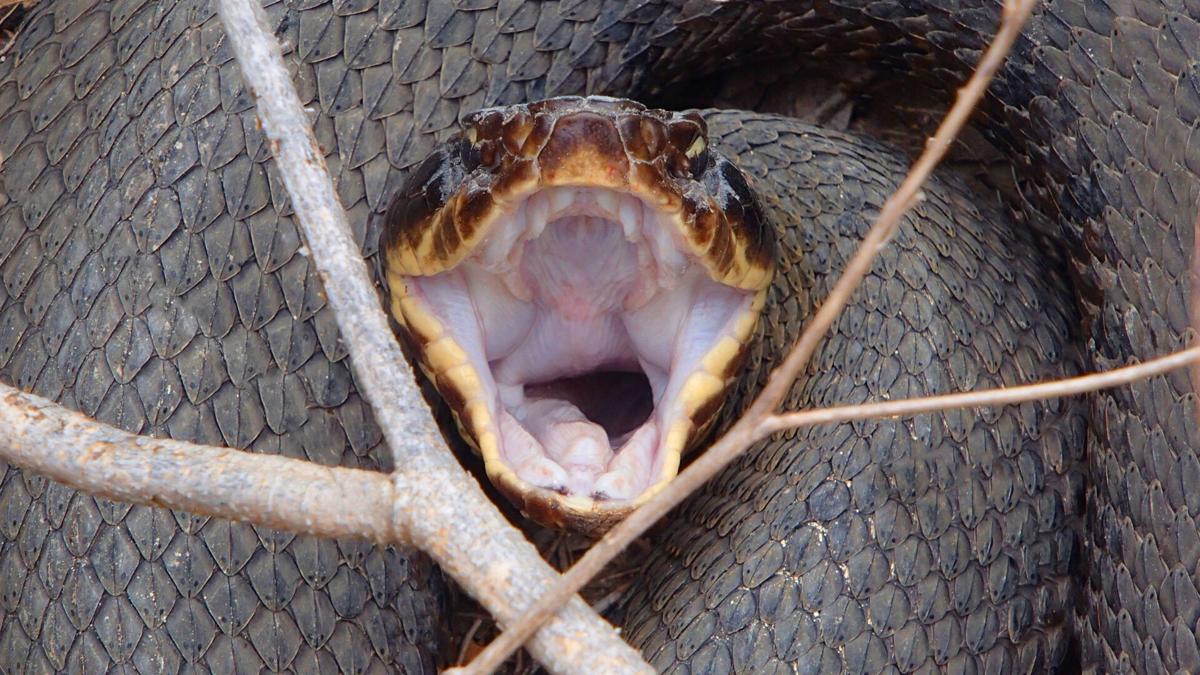



How To Spot And Correctly Identify North Carolina S Six Venomous Snakes State Regional Journalnow Com
While this is a solid base of similar colors, they can vary a bit into grays and young baby copperhead snakes often even have yellow or yellowish tails Regional variances occur, but the base look of most copperheads will be the same most of the time copper, tan, brown, rust – with especially dark hour glass blotches down the bodyAs with the Copperhead, the yellowish tip turns dark with age Prepared by Alvin Braswell 31 July 16 Photos property of NC State Museum of Natural Sciences Reproduction by permission only See the Museum's web site (wwwnaturalsciencesorg) for a free pdf of Venomous Snakes of North Carolina booklet look under BROWN SNAKE Brown snakes have a light brown appearance with a pale stripe down their back Only about 10 inches in length they feed on worms, snails, and slugs CORN SNAKE Corn snakes have a similar appearance to the copperhead but are much more vibrant in color These snakes will have a checkerboard pattern on their bellies
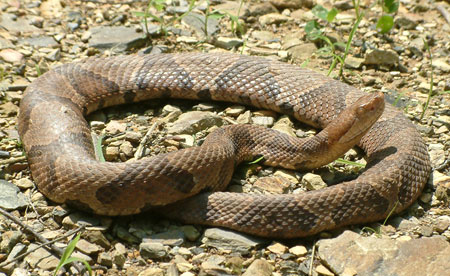



Maryland Snakes Order Squamata



Rat
Copperheads are quite abundant in the locals of North America (like North Carolina, North Georgia), there is no exact figure The baby copperhead snake looks to a great extent, as the adult copperhead The copperheads are pit vipers They have a pit on the face , between each eye and the nostril, which detects heat and helps them find their prey or predatorSnakes are an important part of the ecosystem and help control the rodent, slug and insect populations
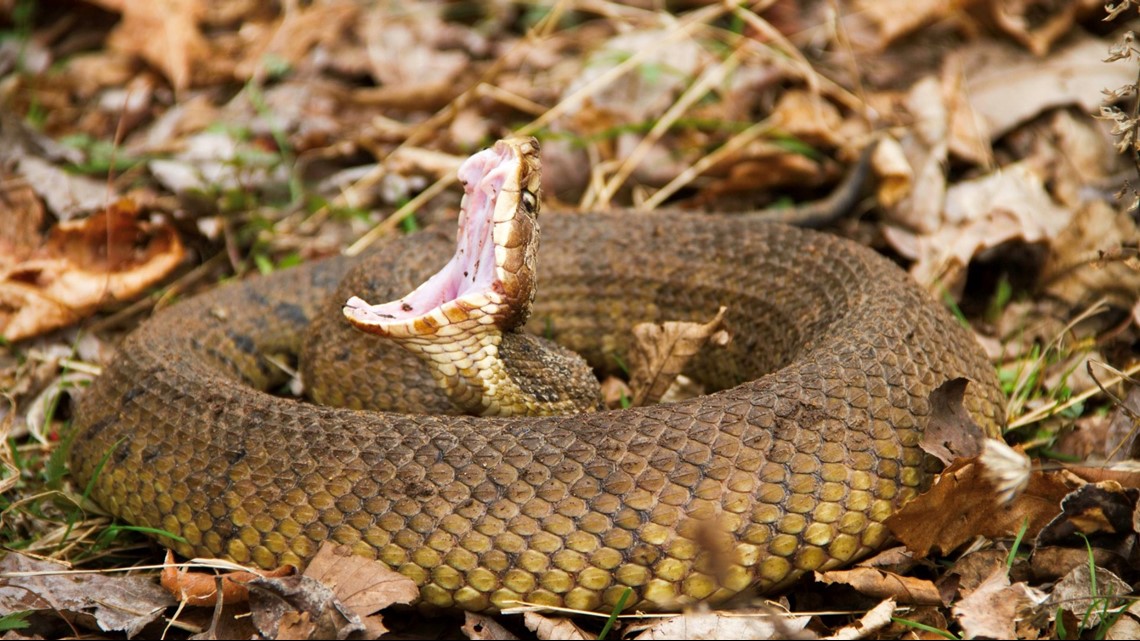



Watch Out For Baby Copperhead Snakes Wfmynews2 Com
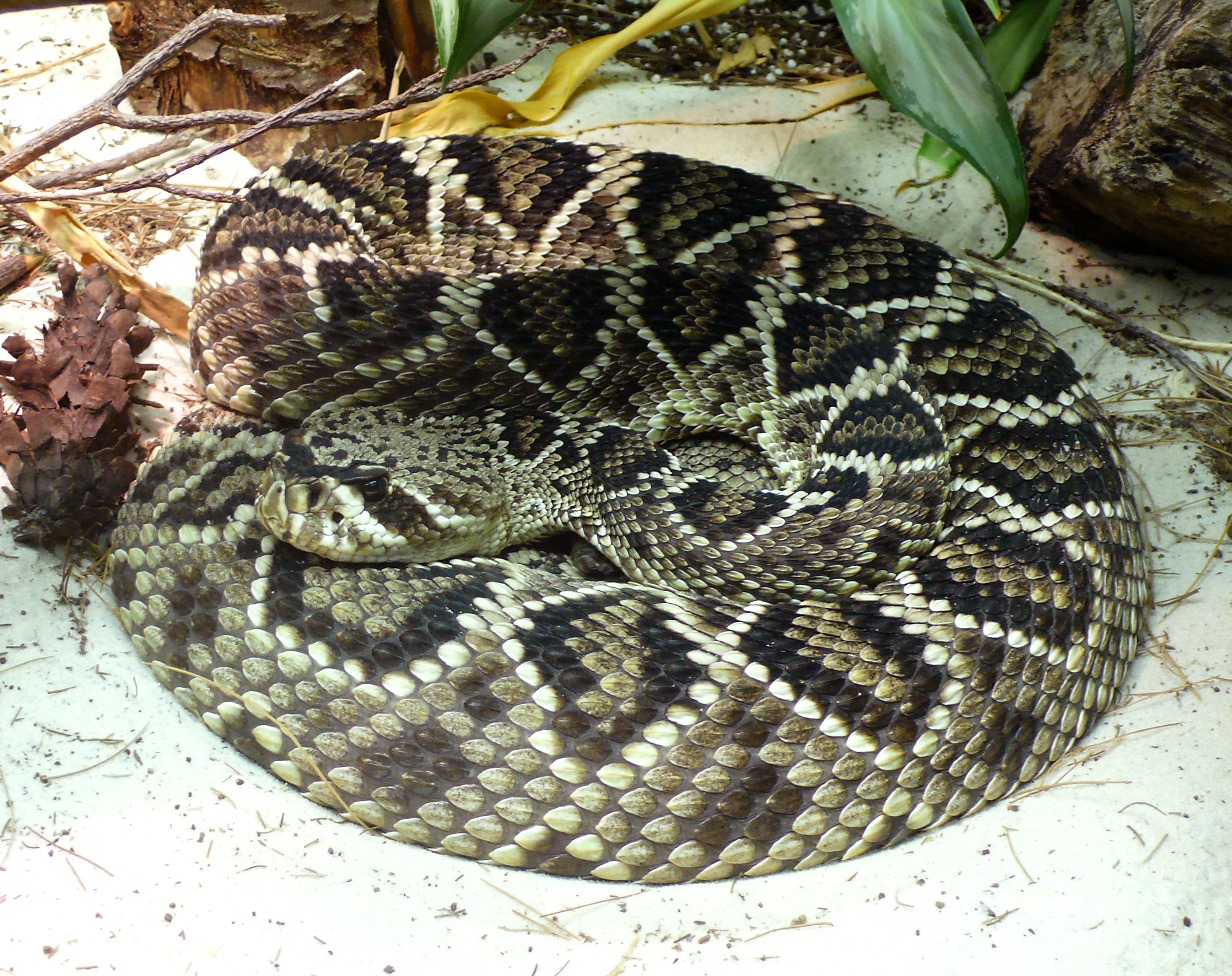



List Of Fatal Snake Bites In The United States Wikipedia
The copperhead snake belongs to the category of snake What class of animal does a copperhead snake belong to?As you probably are aware, this snake is the mostcommon venomous snake in North Carolina Copperheads are marked with dark brown, hourglass shaped crossbands on a light brown or gray backgroundThe babies have similar markings but with a bright yellow or green tailDescription The copperhead is a pitviper and the most common venomous snake in most parts of North Carolina Copperheads are rather heavybodied and are beautifully marked with dark brown, hourglass shaped crossbands on a light brown or gray background The belly is a mix of white and black markings Baby copperheads look like their parents
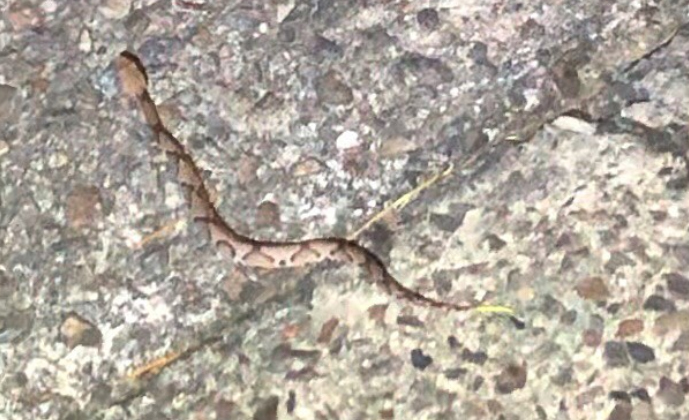



Baby Copperheads Are Now Emerging Here S Why You Should Be On The Alert




Watch Out For Baby Copperhead Snakes Wfmynews2 Com
The common name Copperhead refers to the copperybrown coloration of the head and particularly the snout of some individuals (most often seen in Lowland Copperheads) Midbody scales in 15 (rarely 17) rows, ventrals , anal and subcaudal scales singleCopperheads The copperhead snake is one of the most commonly seen snakes around North Carolina This often scares plenty of people, as the copperhead is venomous With that being said, copperhead's venom is fairly mild and rarely causes death to humans The copperhead is easily identified, as it has a coppercolored head that is easilyThe dekay's brown snake is a small, harmless fossorial snake found across the Eastern US which is often mistaken for juvenile copperheads In this video, we
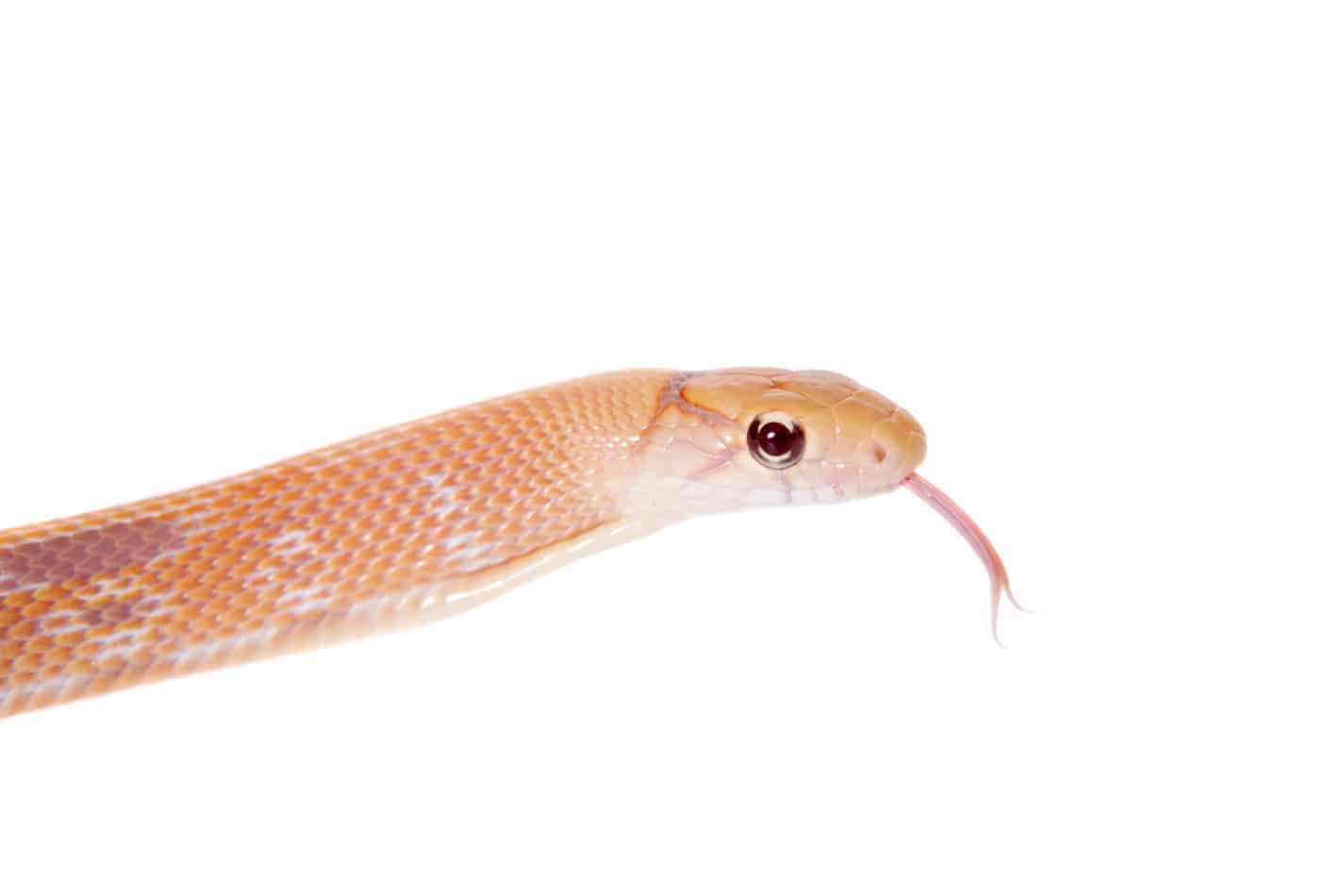



Baby Copperhead Snake Identification Guide Look For These 5 Things Embora Pets



Get To Know The Slithery Snakes Of Mecklenburg County
American Copperhead The copperhead is the most common venomous snake found in the Carolinas They're easily recognized with their brown markings with an hourglass shaped pattern Like otherWhat kind of snake is this?The typical litter of copperheads is five to eight snakes, but 15 is possible Thankfully, the young snakes are easy to identify The baby copperheads are about seven to eight inches long The coloration is very similar to the adults in they are usually light brown or reddish in appearance
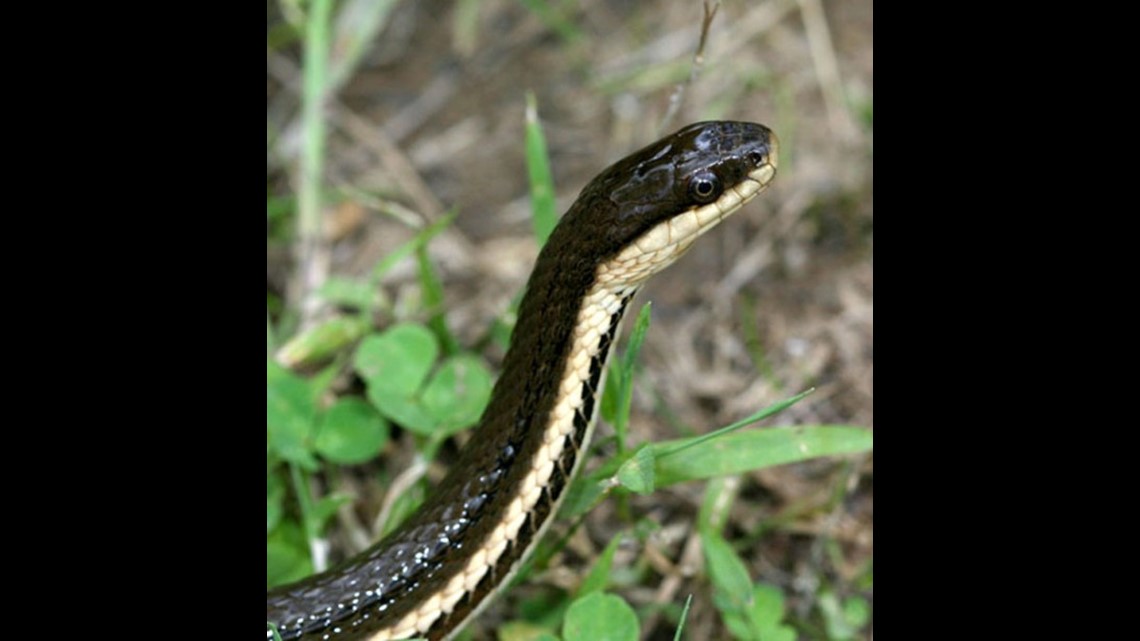



Watch Out For Baby Copperhead Snakes Wfmynews2 Com




How To Identify Snakes In Sc Nc Ga
It's 'baby copperhead season' — what to know about NC's most common venomous snake New Orleans man gets nearly $30,000 returned to him after it was seized by DEA agents at the airportAs you probably are aware, this snake is the mostcommon venomous snake in North Carolina Copperheads are marked with dark brown, hourglass shaped crossbands on a light brown or gray backgroundThe babies have similar markings but with a bright yellow or green tailCopperhead snakes are medium sized snakes, with adults normally reaching 80 centimetres – 12 metres (2 – 4 feet), with thick, heavy bodies Their body is more slender, however, compared to most other pit vipers There are five clearly defined subspecies All subspecies have distinctive light and dark brown or greenish banding




Snakes




Stay Alert It S Baby Copperhead Season In North Carolina
Brown Snake from herpsofncorg A baby albino corn snake (pantherophis guttatus), showing the red, white, and pink scale colors christopher rex (author) from durham, nc on june 24, 13 Copperhead snakes are the most common venomous snakes in north carolina One of the most cryptic snakes in the southeastern us, the eastern mud snake is aThe Copperhead Under rhododendrons along the Blueridge escarpment, in piedmont woodlots, and along fence rows in rural gardens, the copperhead abidesCertainly it does well in expansive wilderness, but it only needs 1 or 2 acres of habitat, a healthy population of whitefooted mice, and a place to layup in the shade, and it will surviveThe copperhead is familiar, at least by name, to most North Carolinians Deriving its common name from its coppery brown head, the copperhead also is known by such local names as "pilot," "chunkhead," "poplar leaf" and "highland moccasin" The copperhead is a rather heavybodied snake with an average adult length between 2 and



Copperhead On Grounds Animal Keeper Blog




South Carolina Venomous Snake Guide Photo Gallery Wciv
Day two in North Carolina was another good day While things were slow during the middle of the day, the action picked up in the evening! The typical litter of copperheads is five to eight snakes, but 15 is possible Thankfully, the young snakes are easy to identify The baby copperheads are about seven to eight inches long The coloration is very similar to the adults in they are usually light brown or reddish in appearance Just be warned, some younger snakes can appear darkNorth Carolina hosts three of the Water Snakes in the Nerodia genus The Northern Water Snake, the Southern Water Snake and the Brown Water Snake Physically, water snake bodies grow anywhere from three to six feet in length Their dark, often blotched skin, helps them blend into their environment, and makes for difficult species identification




Why You Should Let A Copperhead Live In Your Yard Debunking Snake Myths Wunc




Identifying Copperhead Snakes Home Garden Information Center
Baby copperheads are lighter tan in color and have a pinkishbrown hourglass pattern The darker patterns are skinner at the top and go wide at the side The young copperhead snakes look just likeSimilar to the copperhead snake, baby cottonmouths utilize their brightly colored tail to attract amphibious prey They wiggle their tails to imitate a worm and when an unsuspecting frog comes in for a bite, the cottonmouth will strike This method of imitation is called 'caudal luring' and is central to a juvenile cottonmouth's survivalSnakes of North Carolina Black Rat Snake Mud Snake Rainbow Snake Carolina Swamp Snake Glossy Crayfish Snake Scarlet Kingsnake Carolina Pygmy Rattlesnake Pine Woods Snake Brown Water Snake Eastern Diamondback Rattlesnake SMALL GROUND SNAKES Redbellied Snake Cottonmouth Southeastern Crowned Snake Coral Snake Copperhead Northern Water Snake
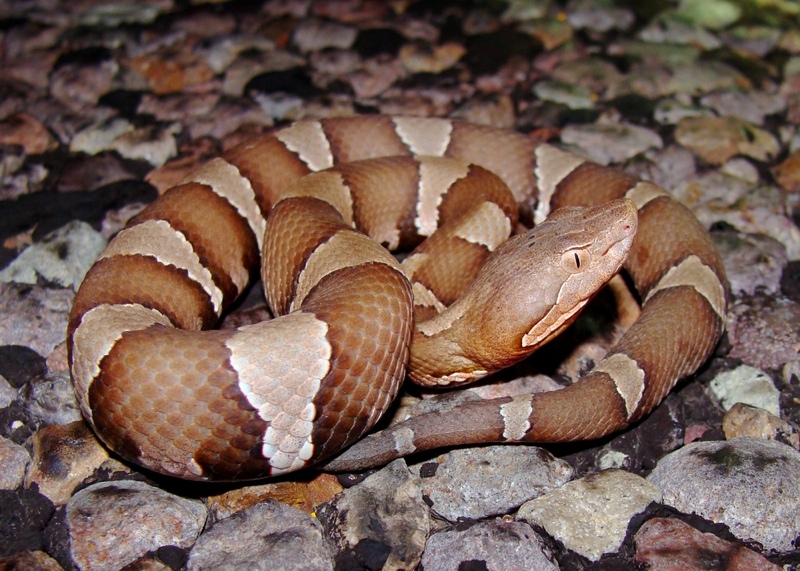



Fact Or Fiction Test Your Knowledge About Snakes Live Science



Baby
And widespread venomous snake in North Carolina Range and Distribution Range Map Copperheads are found statewide Copperhead (Agkistrodon contortrix) History and Status Description The copperhead is familiar, at least by name, to most North Carolinians Deriving its common name from its coppery brown head, the copperhead also is known byGopher snake adult (left) and baby (right) pine snake Baby garden snake nc A guide to snake species in nc by jessicah raynor north carolina updated 213 pm et may Often mistaken for worms or baby snakes, these tiny reptiles can be brown or grey in color;Close 15 Posted by 3 years ago Archived Piedmont North Carolina ~10 inches juvenile Is this a baby copperhead?



Black Snakes V Copperheads Tips To Keep Safe Wcnc Com



Baby
The body of a copperhead is usually a light tan or slightly pink color Sometimes baby copperheads are grayer than adults, but turn the more brownish color as they age Along the back of the snake are dark brown or reddishbrown markings Several other types of snakes have similar coloring, but the copperhead is distinctive because of the This summer has been warm and wet There are high populations of rodents All these things snakes enjoy Notice the saddlelike brown markings against a lighter tan background on this copperhead The snake also has a wide triangular shaped head These can be mistaken for common water snakes Luckily we only have two species of snakes that Photograph showing a closeup, profile view of the brown and tan patterned head and eye of a juvenile, venomous, Southern copperhead snake (Agkistrodon contortrix) image courtesy CDC/James Gathany
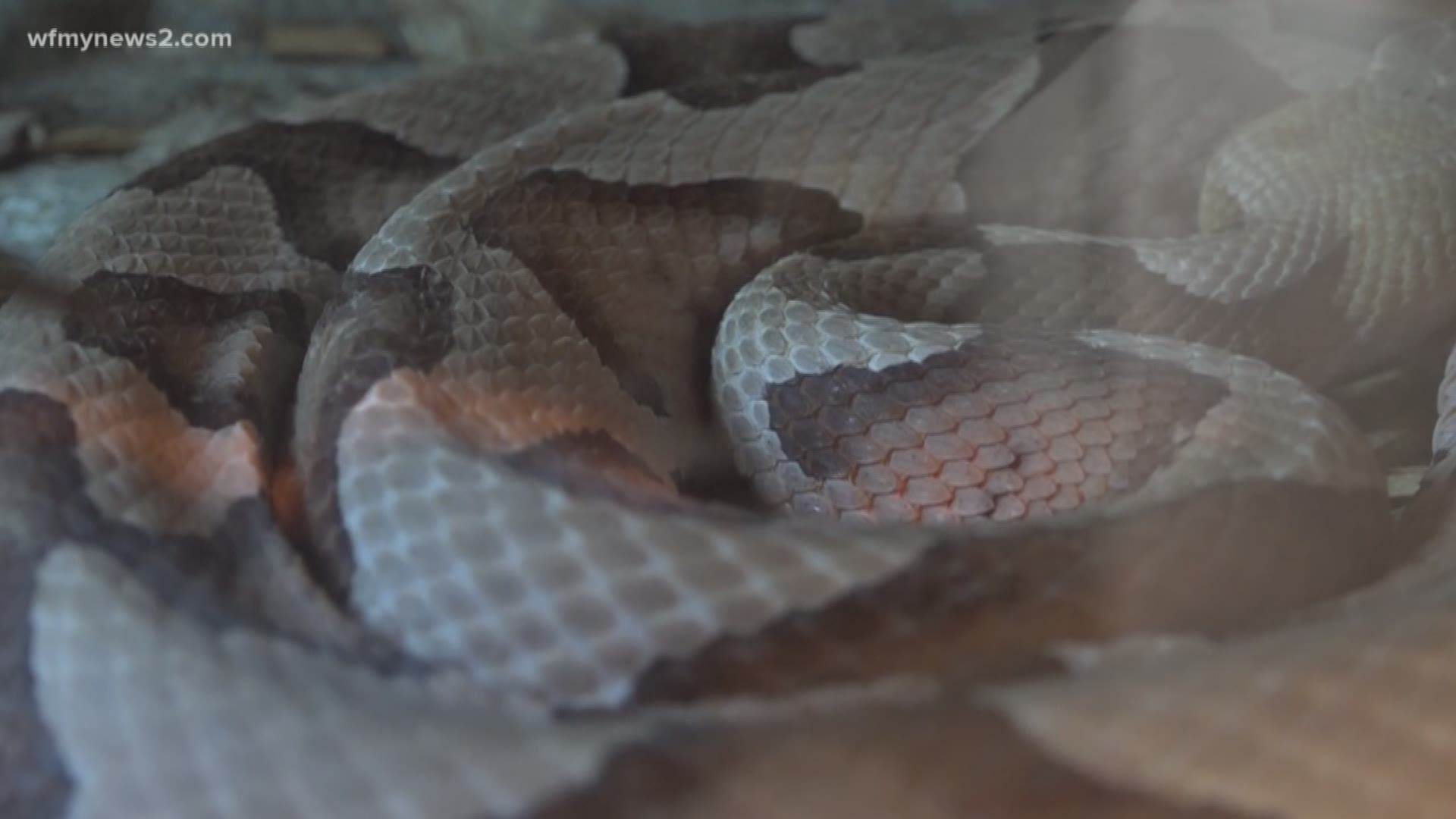



Watch Out For Baby Copperhead Snakes Wfmynews2 Com




Snakes In Tn Watertown Transporting New House Middle School Tennessee Page 7 Baby Snakes Snake Poisonous Snakes
The copperhead snake belongs to the class of Reptiles How many copperhead snakes are there in the world?Definitely a dekay's brown snake, Storeria dekayi not a baby copperhead 3 level 2 SEBPHYLOBOT Natural History Bot 1 year ago Brownsnakes Storeria dekayi are small (0400cm record 5277cm) natricine snakes often found in disturbed habitats like urban and suburban yardsIt is highly variable in color and can be brown, reddish, black, gray or olive
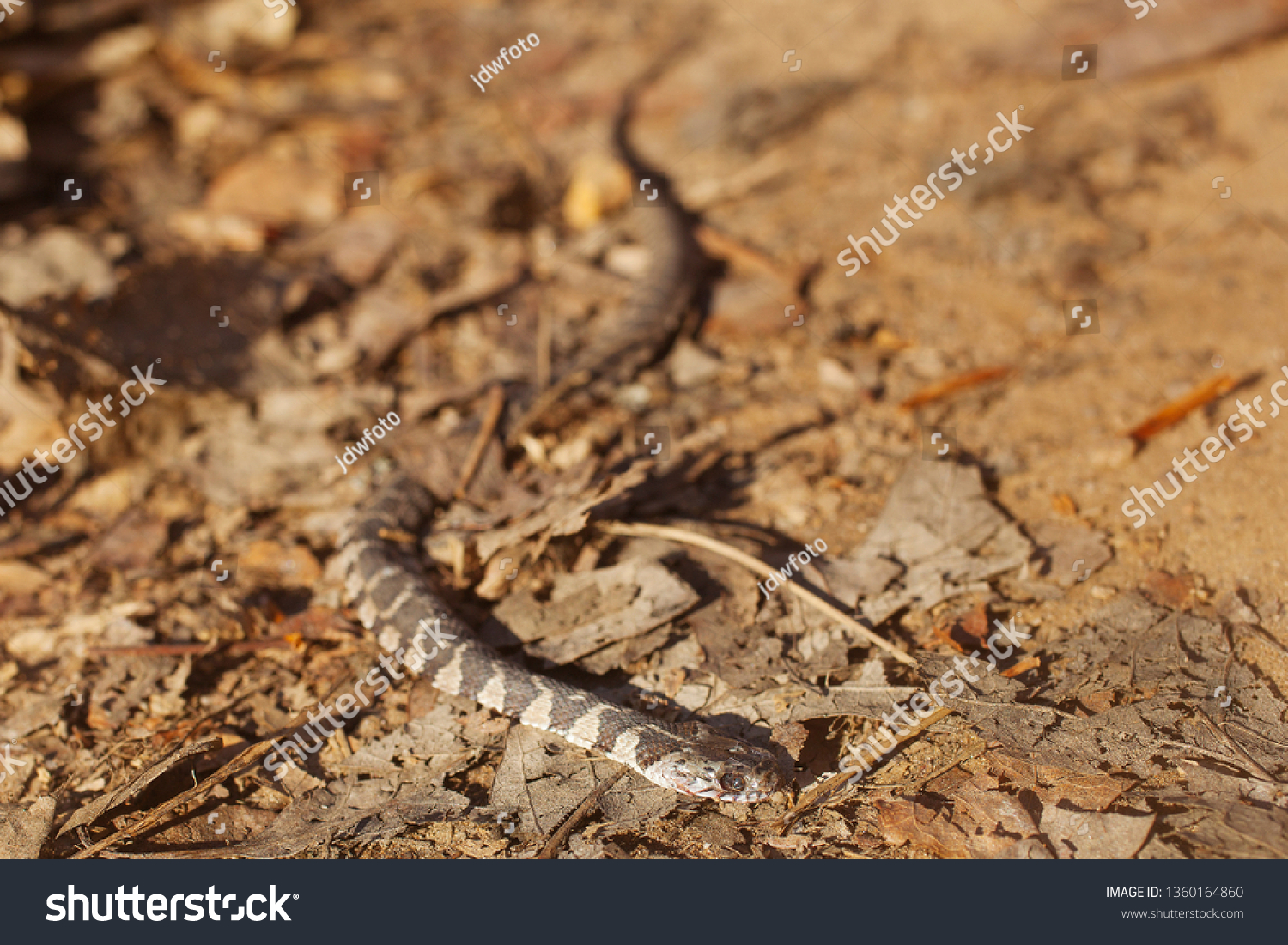



Dead Baby Copperhead Snake On Hiking Stock Photo Edit Now



Get To Know The Slithery Snakes Of Mecklenburg County
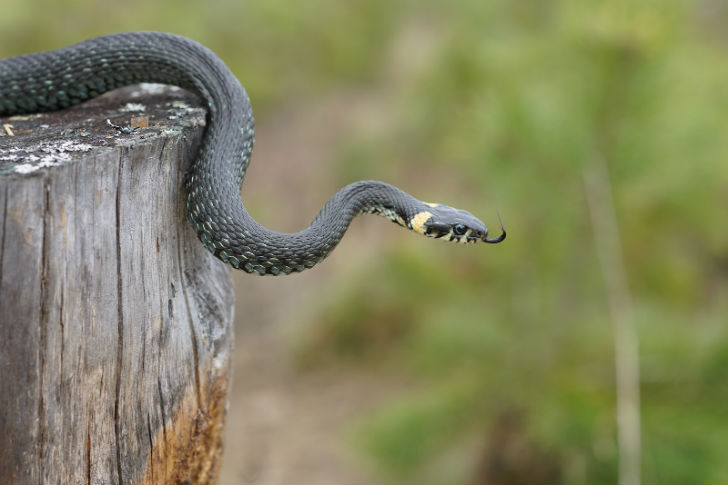



Types Of Snakes In Raleigh Critter Control Of The Triangle




Snakes In North Carolina Youtube




List Of Snakes Of Kentucky Wikipedia
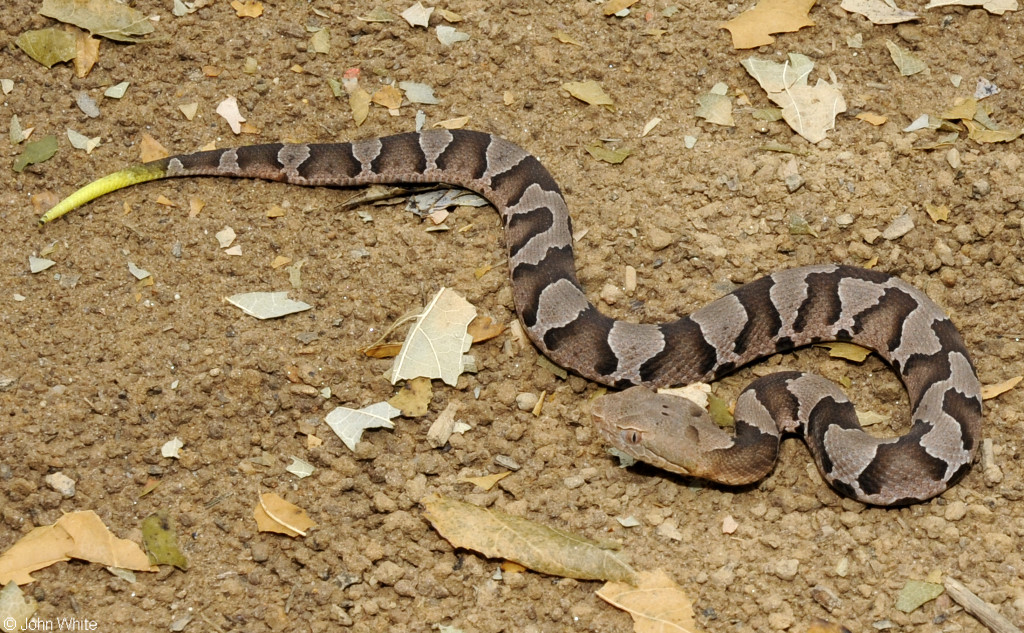



Copperheads And Similar Looking Harmless Species




Snakes
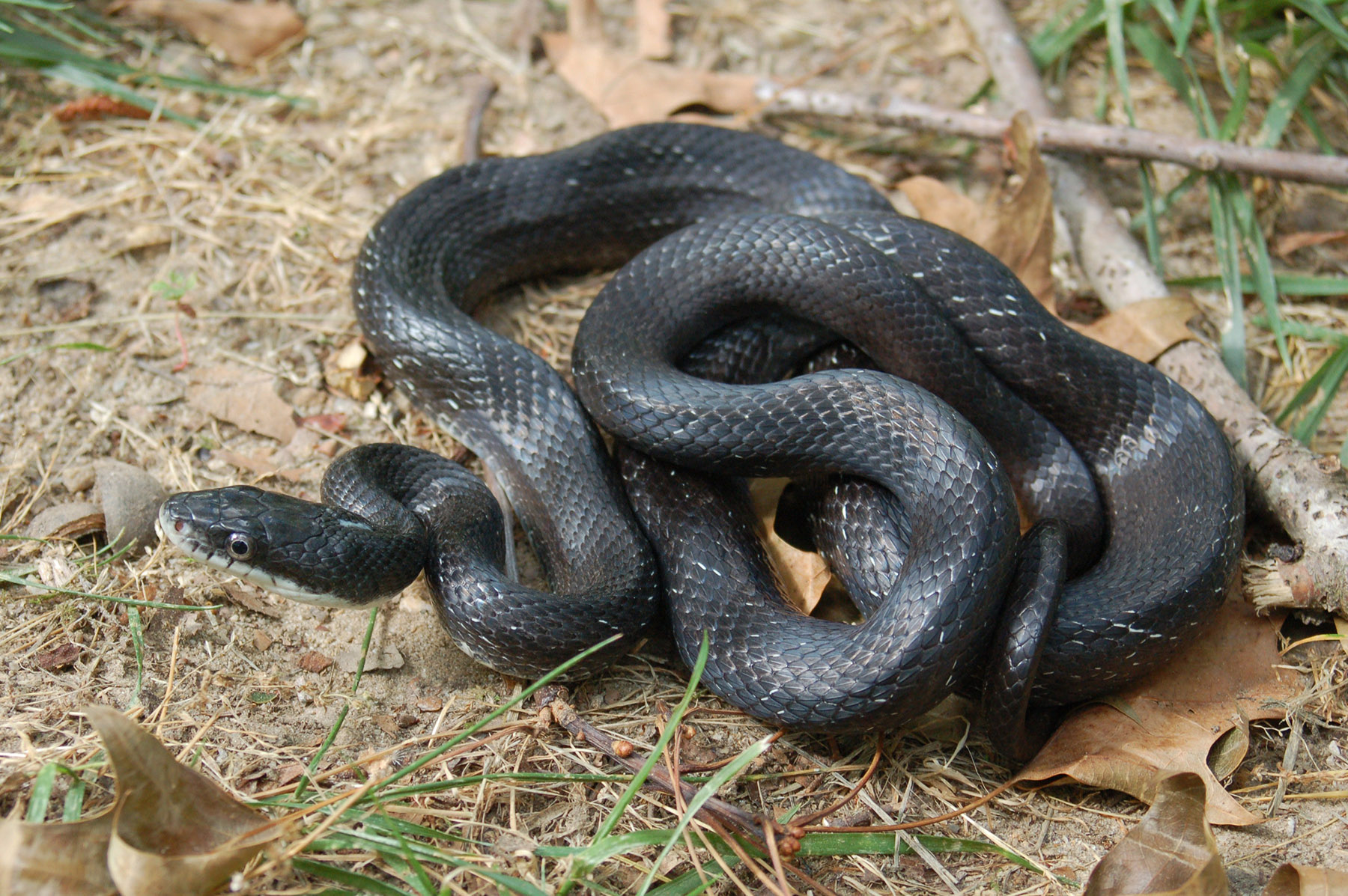



Wildlife Commission Offers Advice When Seeing A Snake Outdoors




Snakes




Copperhead Vs Northern Water Snake Nature Watch




Snakes




Baby Copperheads How To Identify Them And Get Rid Of Them




Snakes
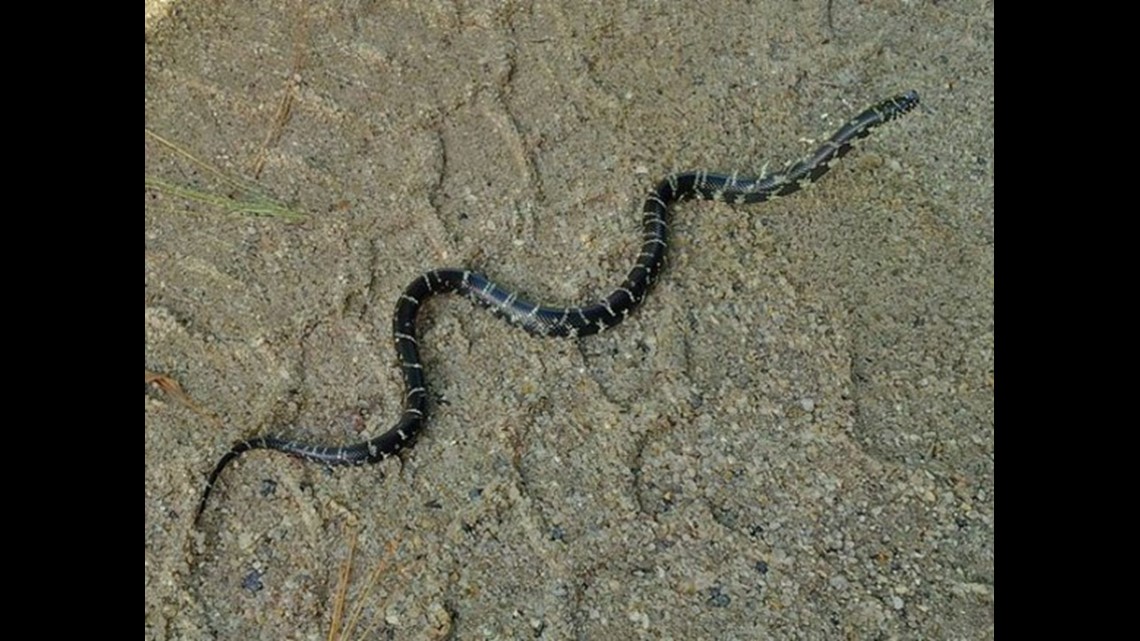



Watch Out For Baby Copperhead Snakes Wfmynews2 Com
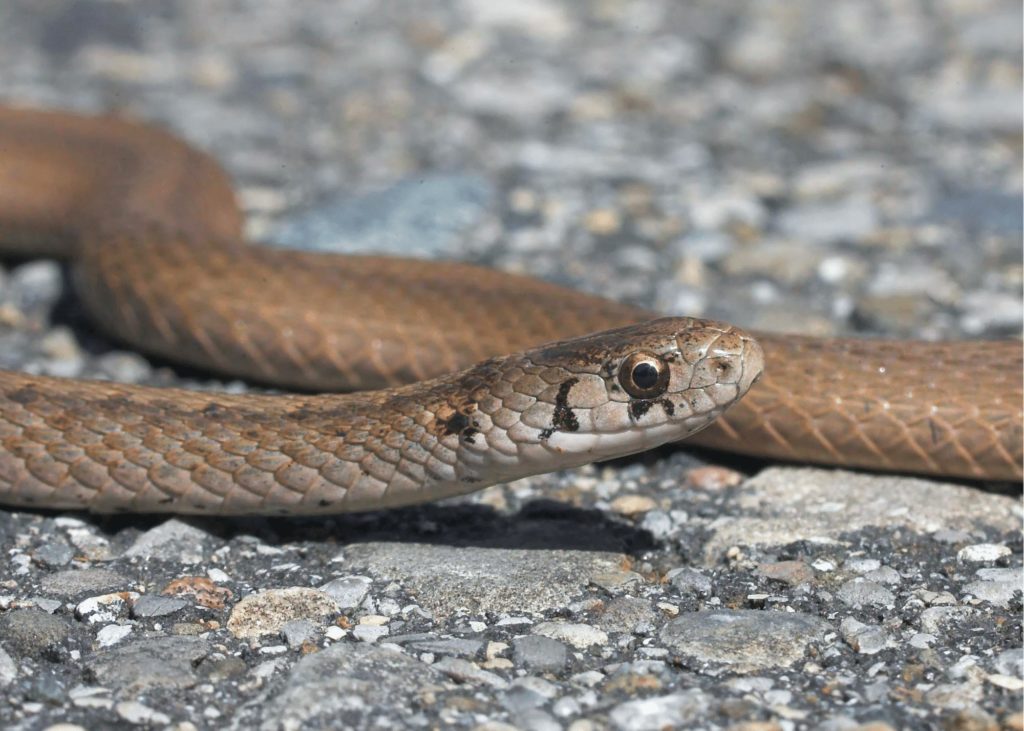



Carolina Pest What To Do When You Find A Snake In Charlotte Carolina Pest
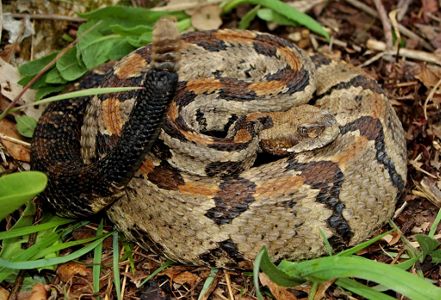



Most Common Snakes In Nc
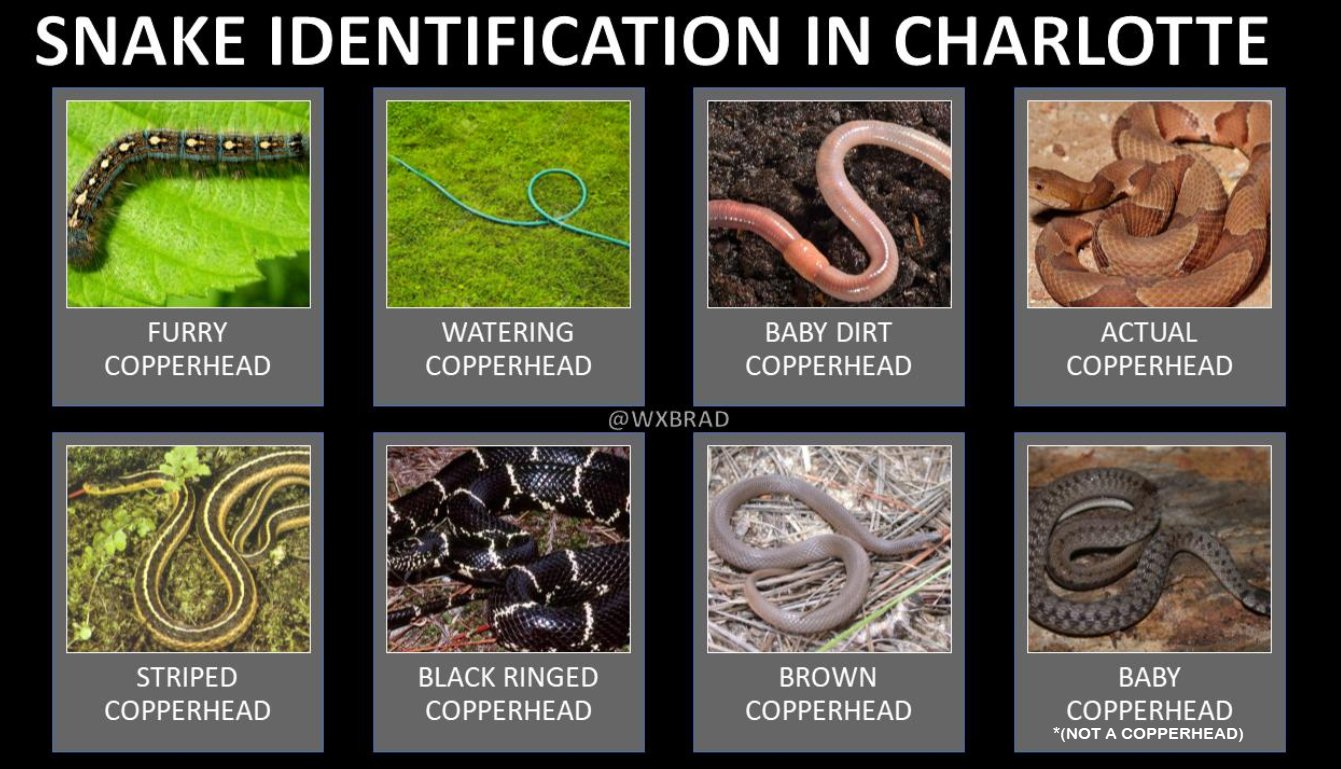



Brad Panovich This Is My Annual Snake Guide For Charlotte This Is Meant To Show Not All Snakes Are Bad Or Copperheads Which Are The Only Venomous Snake Common




North Carolina Snakes What You Need To Know On World Snake Day Nc State Veterinary Medicine
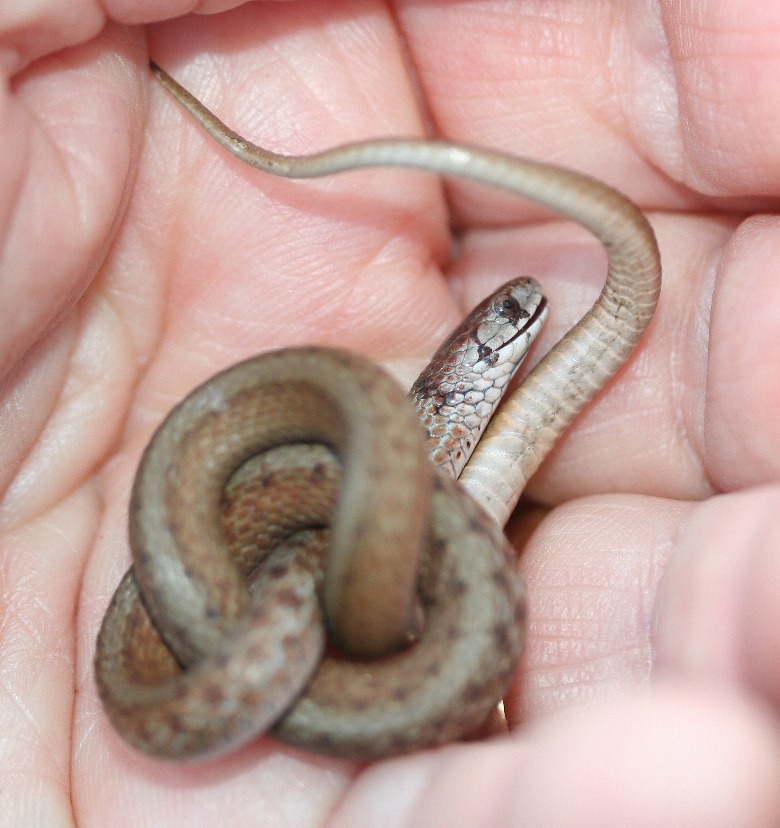



Snakes




How To Identify The Copperhead Sciencing
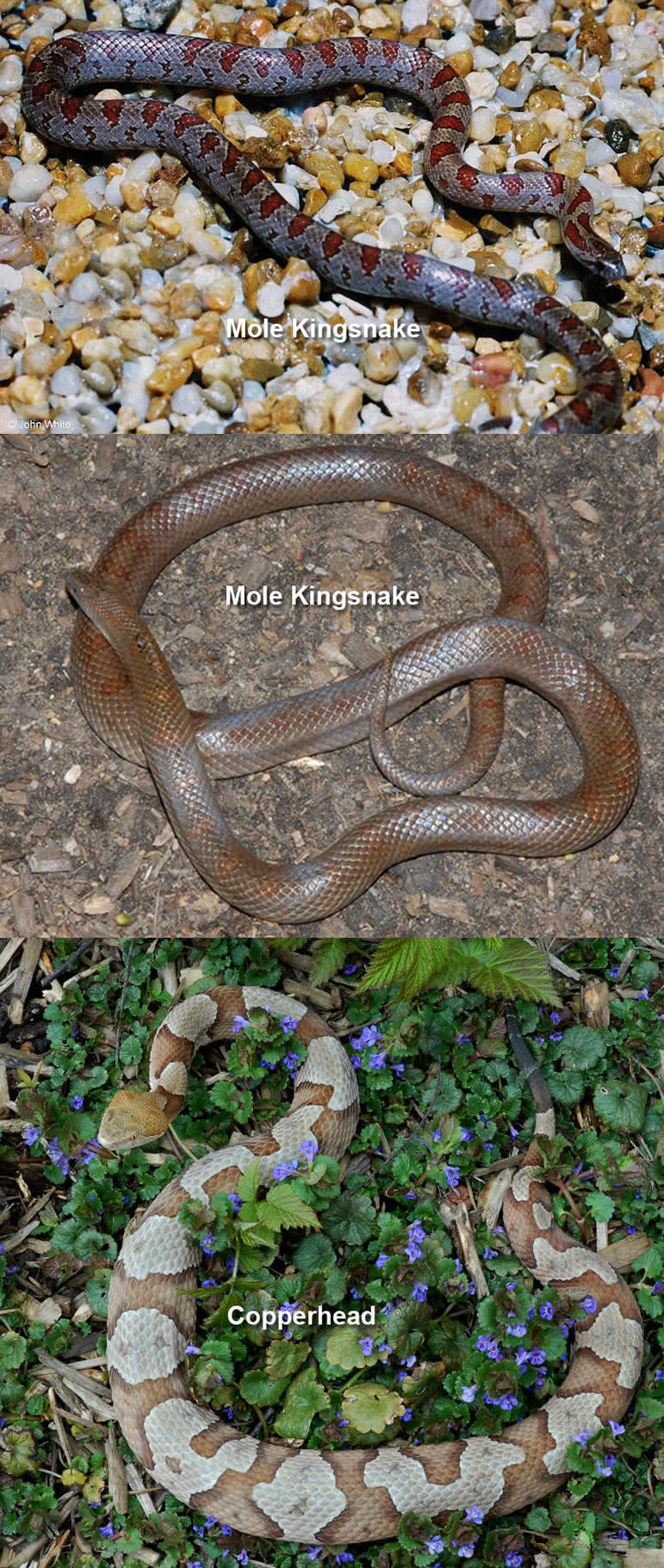



Copperheads And Similar Looking Harmless Species




North Carolina Snakes Pictures And Identification Help




Baby Copperhead Snakes Will Emerge Soon In North Carolina Due To Warmer Than Normal Summer Abc11 Raleigh Durham
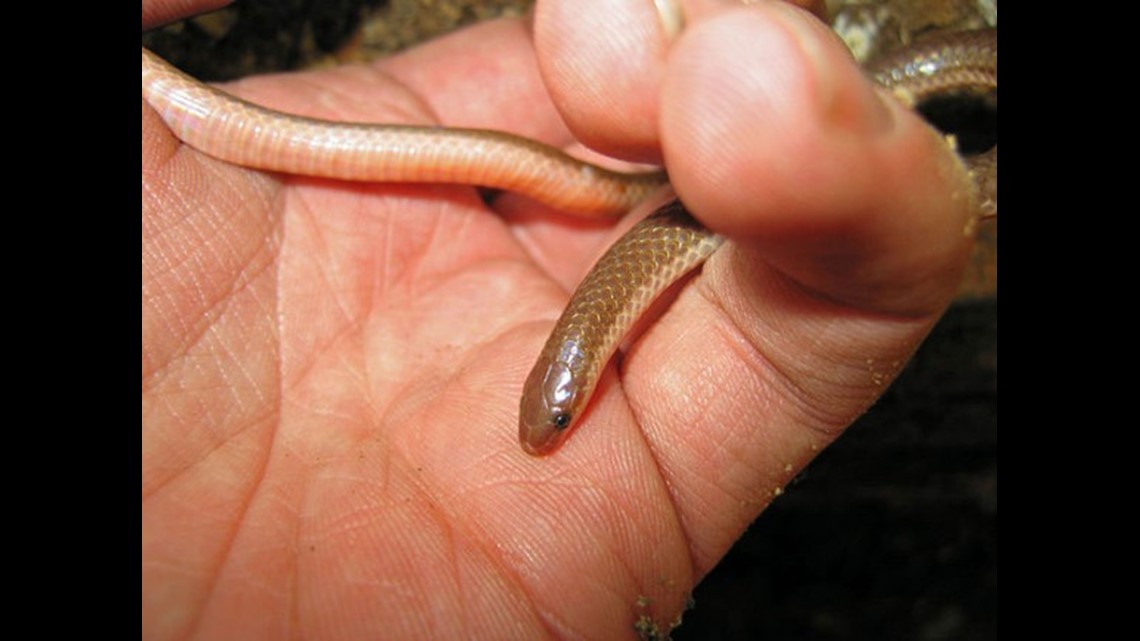



Watch Out For Baby Copperhead Snakes Wfmynews2 Com



Copperhead Snake Information Facts




It S Baby Copperhead Season What To Know About Nc S Most Common Venomous Snake Report Door




8 Snakes That Look Like Copperheads With Pictures Wildlife Informer




Why You Should Let A Copperhead Live In Your Yard Debunking Snake Myths Wunc
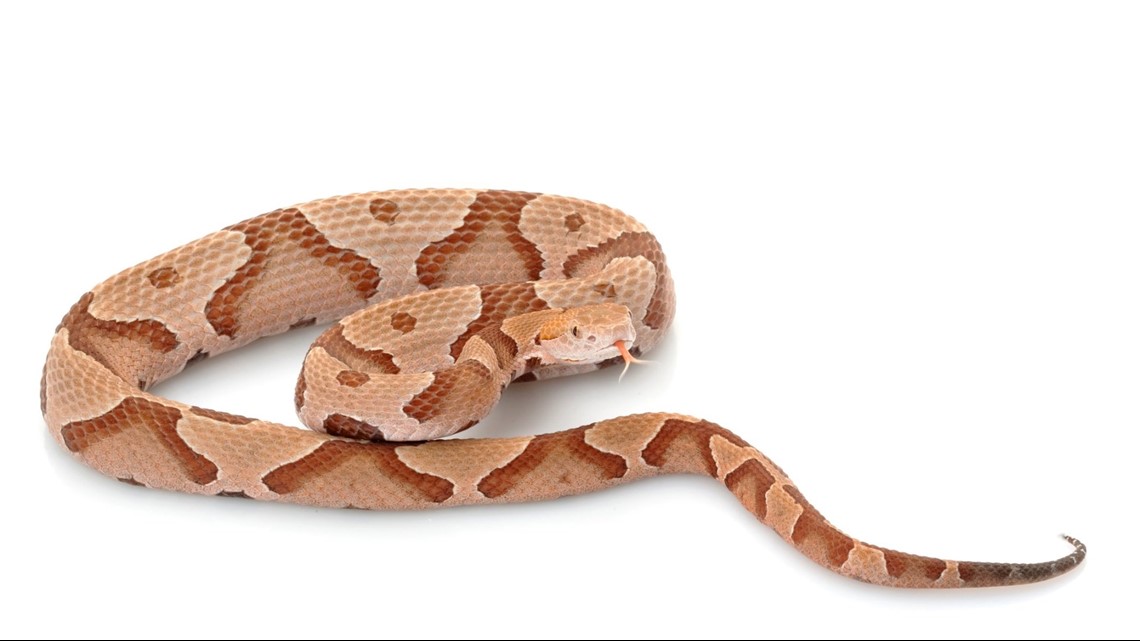



Your Guide To The Six Venomous Snakes In The Carolinas Wcnc Com
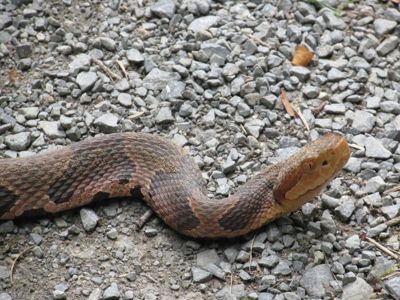



Most Common Snakes In Nc




The Six Venomous Snakes Of North Carolina How To Identify A Venomous Snake Youtube
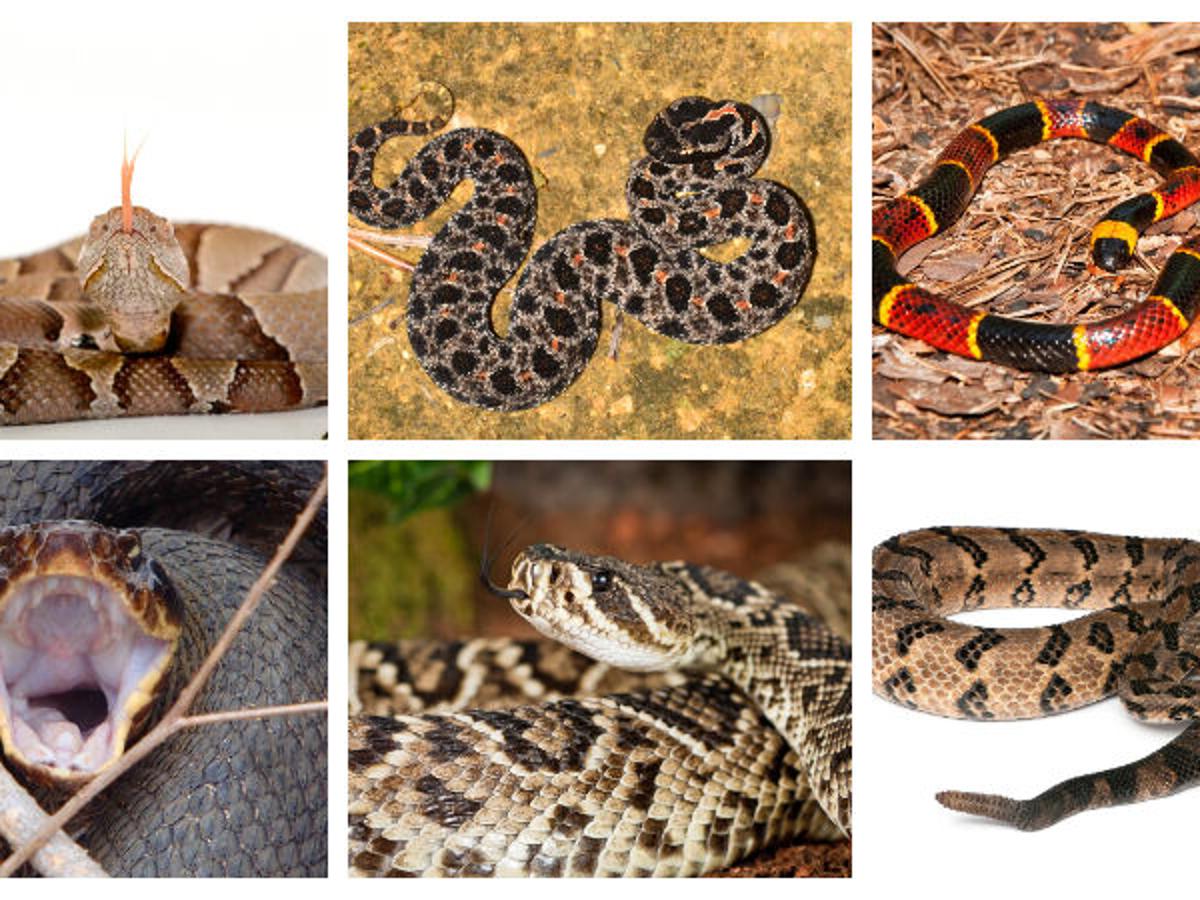



How To Spot And Correctly Identify North Carolina S Six Venomous Snakes State Regional Journalnow Com




Snakes
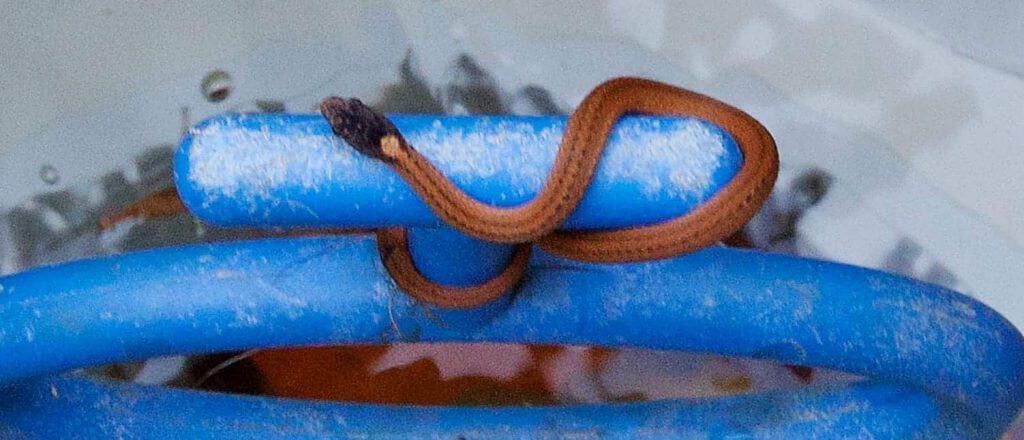



Baby Copperhead Snake Identification Guide Look For These 5 Things Embora Pets
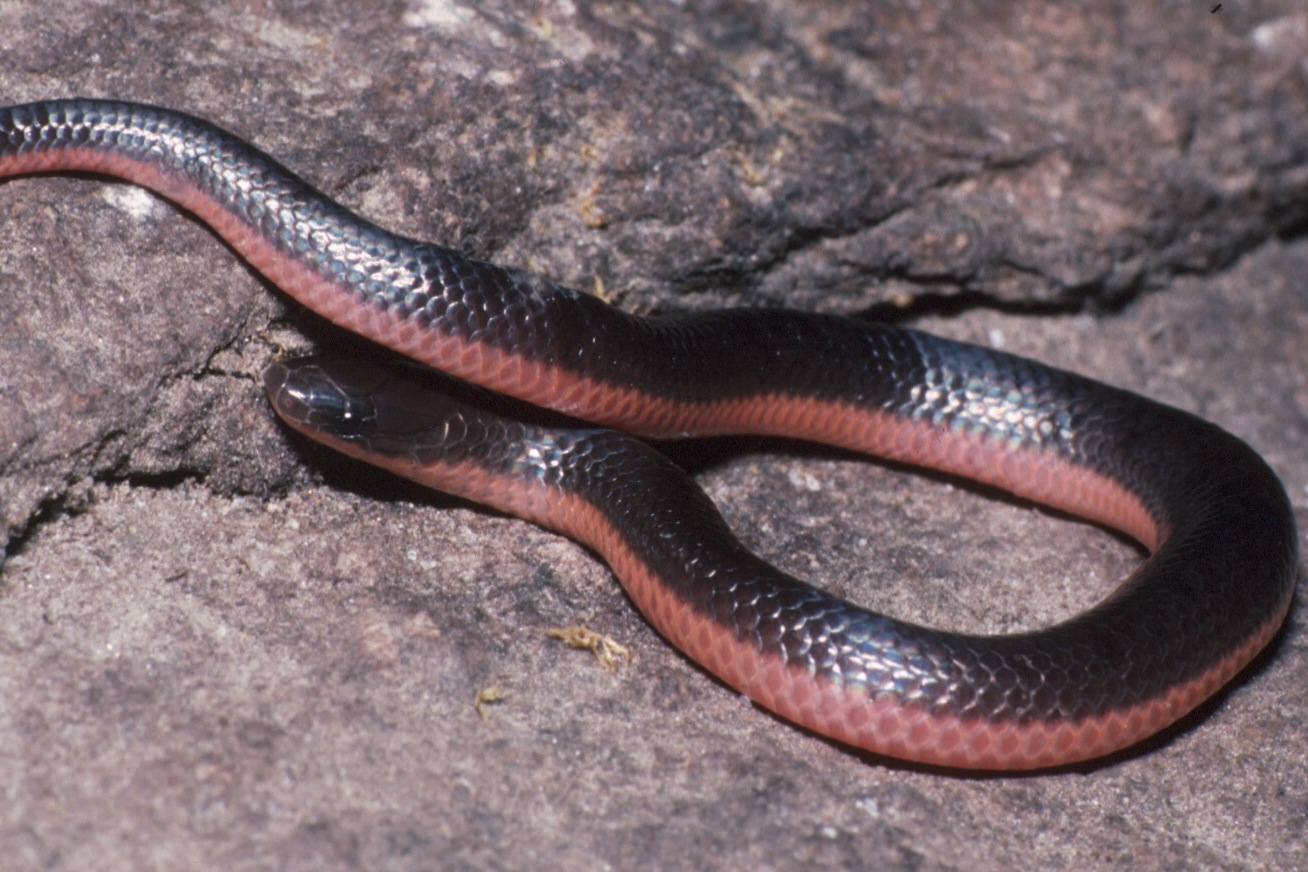



Snakes
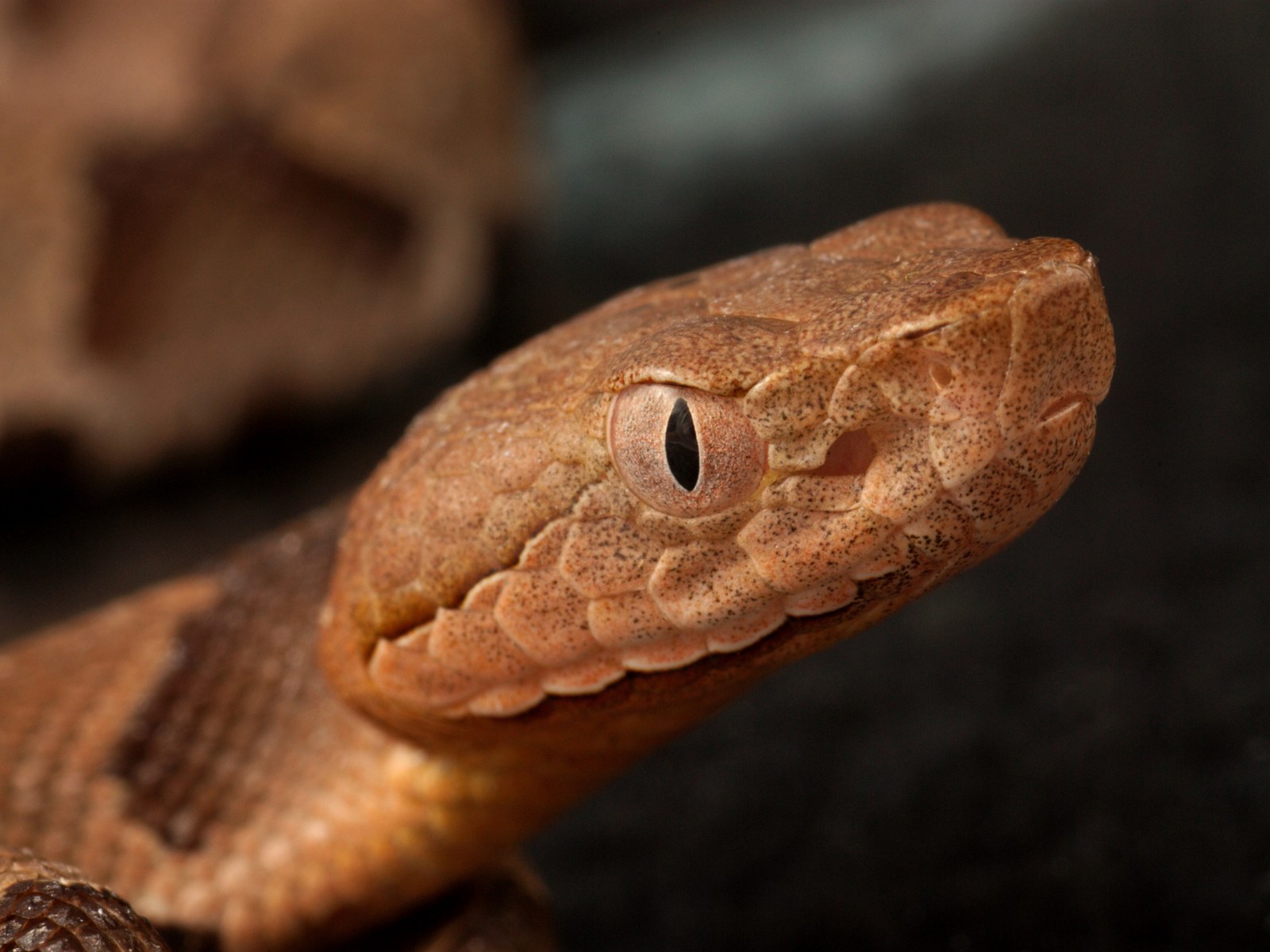



It S Baby Copperhead Snake Season Here S What You Need To Look Out For




Copperhead




How To Identify Snakes In Sc Nc Ga




Found This Baby Snake In The Yard Today Charlotte Nc Whatsthissnake




8 Snakes That Look Like Copperheads With Pictures Wildlife Informer




Carolina Waterfowl Rescue A Lot Of Baby Rat Snakes Are Mistaken For Baby Copperheads Because Of Their Different Pattern The Copperheads Are The Only Common Venomous Snake We Have In The
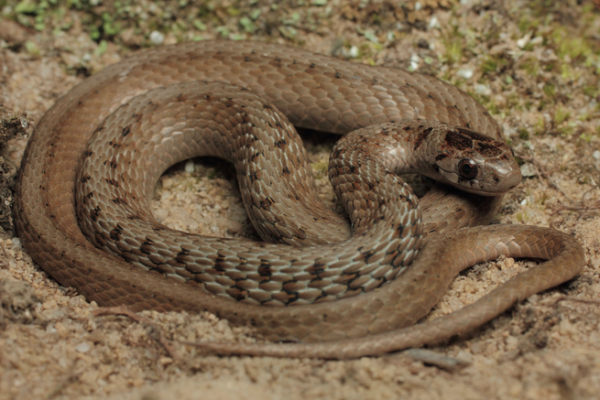



Which Snakes Are More Active In The Fall How To Avoid Snakes Snakebites




There Are 37 Species Of Snakes In North Carolina And 6 Are Venomous Poisonous The Copperhead The Cottonmouth Snake Water Moccasin Snake Poisonous Animals




Copperhead Identification Wildlife Tips Copperhead Vs Brown Snake Youtube




When Are Baby Copperheads Born And Are They More Dangerous Raleigh News Observer




Baby Copperheads How To Identify Them And Get Rid Of Them
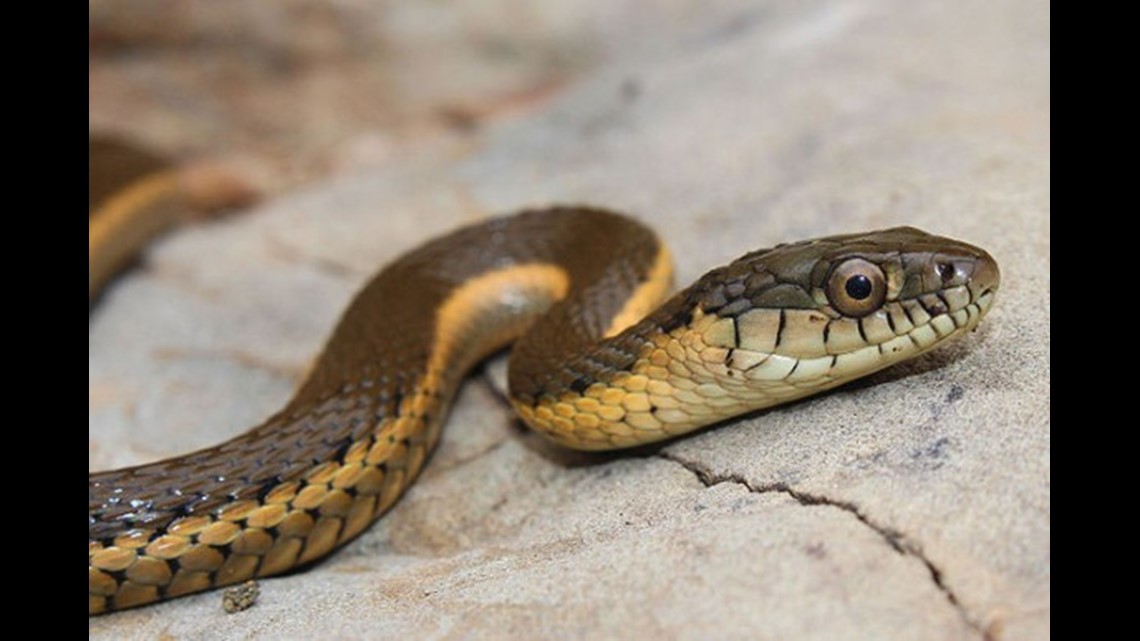



Watch Out For Baby Copperhead Snakes Wfmynews2 Com
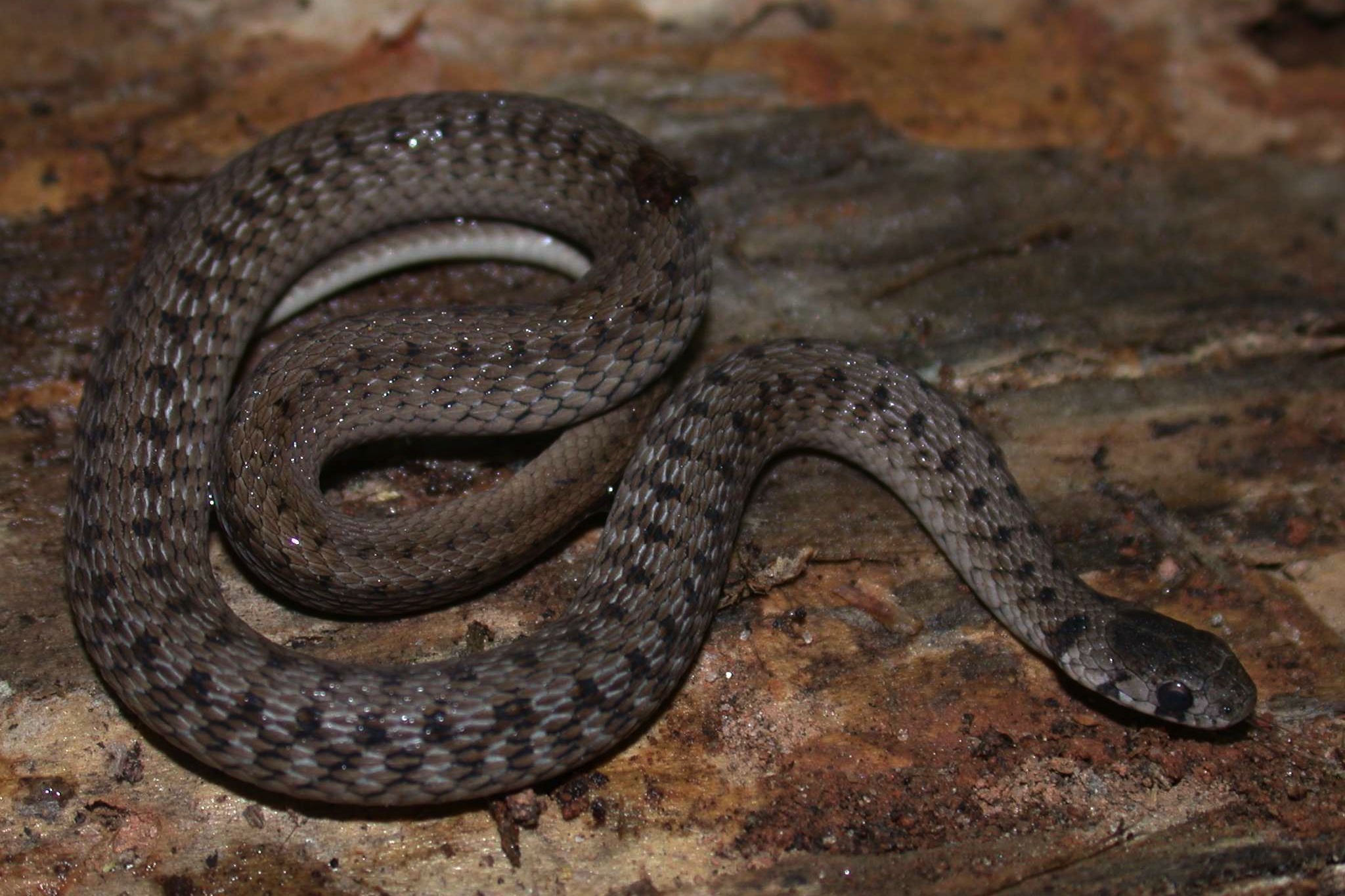



Snakes
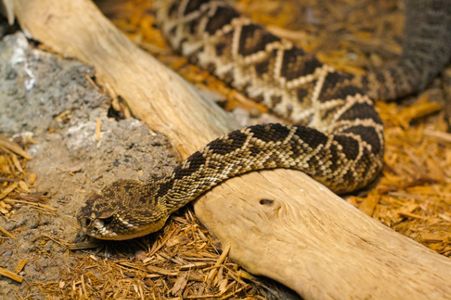



Most Common Snakes In Nc




Piedmont North Carolina 10 Inches Juvenile Is This A Baby Copperhead What Kind Of Snake Is This Species



Get To Know The Slithery Snakes Of Mecklenburg County



Baby Copperhead Season Has Begun In Carolinas What To Know The State



See A Snake Don T Panic
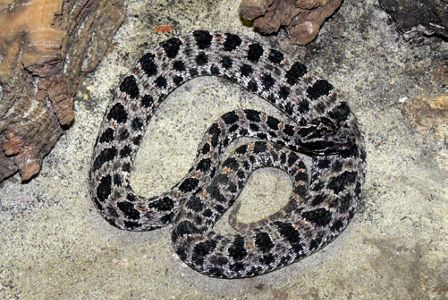



Most Common Snakes In Nc
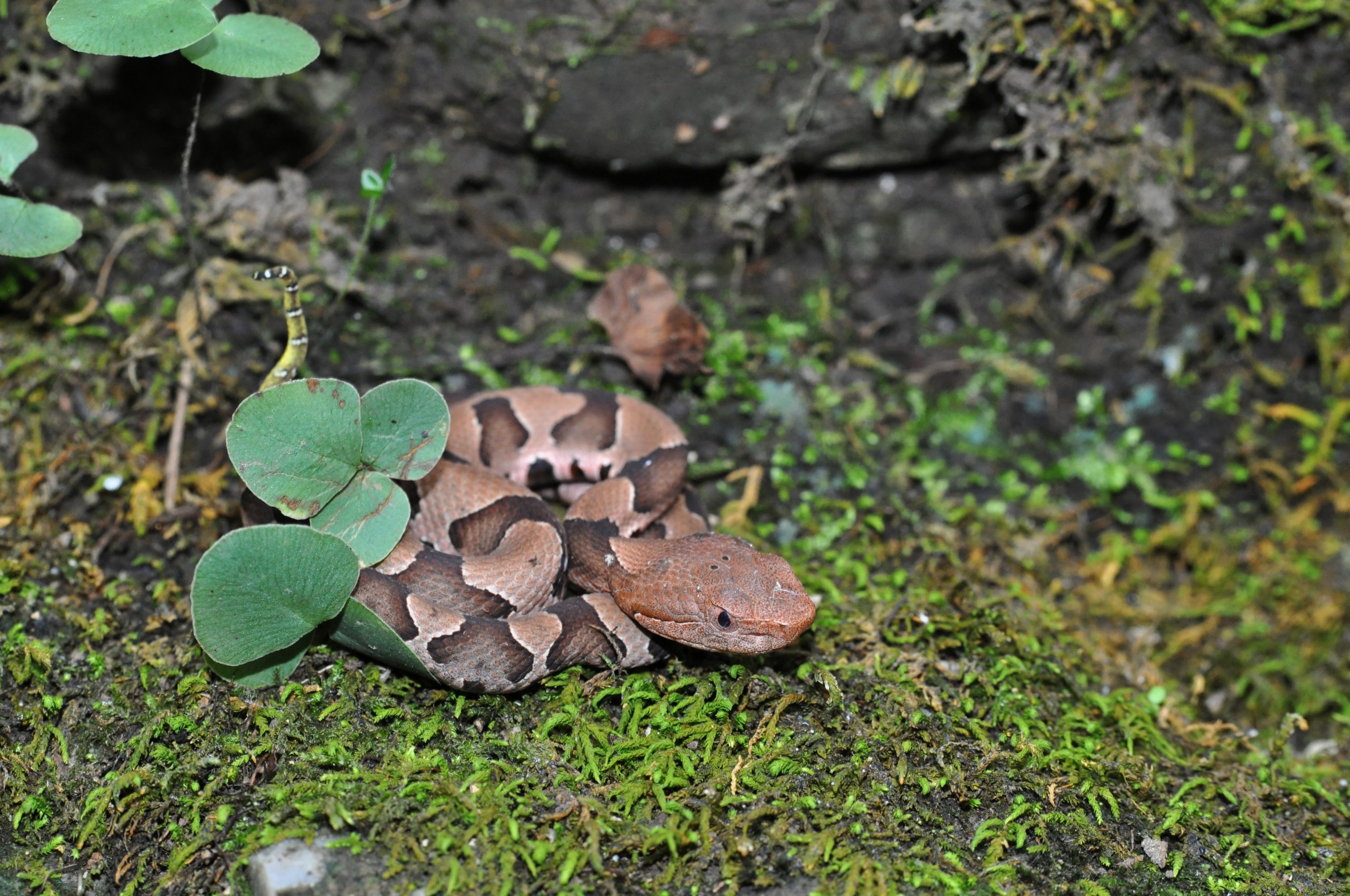



How To Identify A Baby Copperhead Snake 21 Pictures




Snakes Are Out Reduce Encounters Agrilife Today
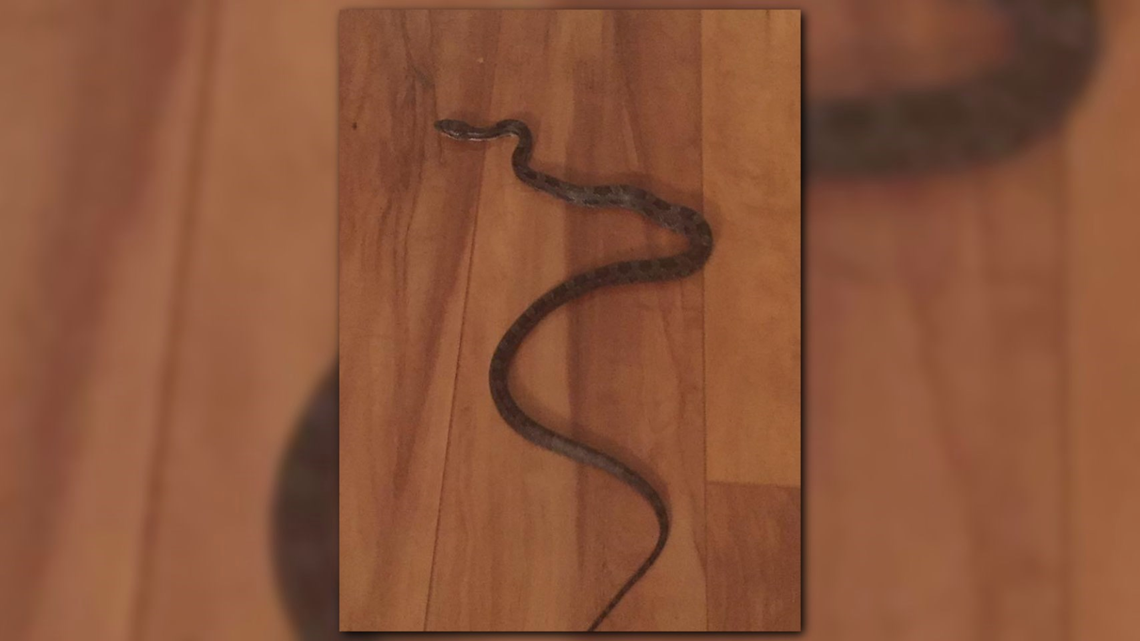



Can You Identify This Snake Here S How Wcnc Com
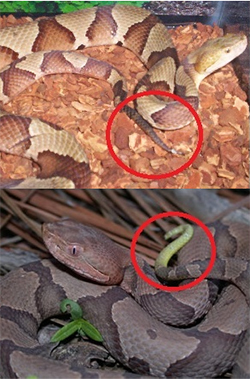



The Copperhead Snake Is Often Misidentified




Snakes In Atlanta How Do You Keep Snakes Away From Your Home




Girl Bitten By Copperhead Snake At Brown County State Park
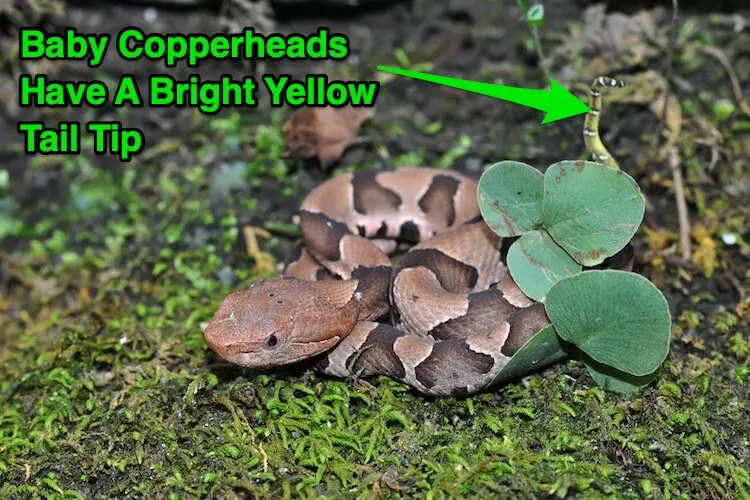



7 Ways To Identify Prevent Remove Baby Copperhead Snakes Everything Reptiles
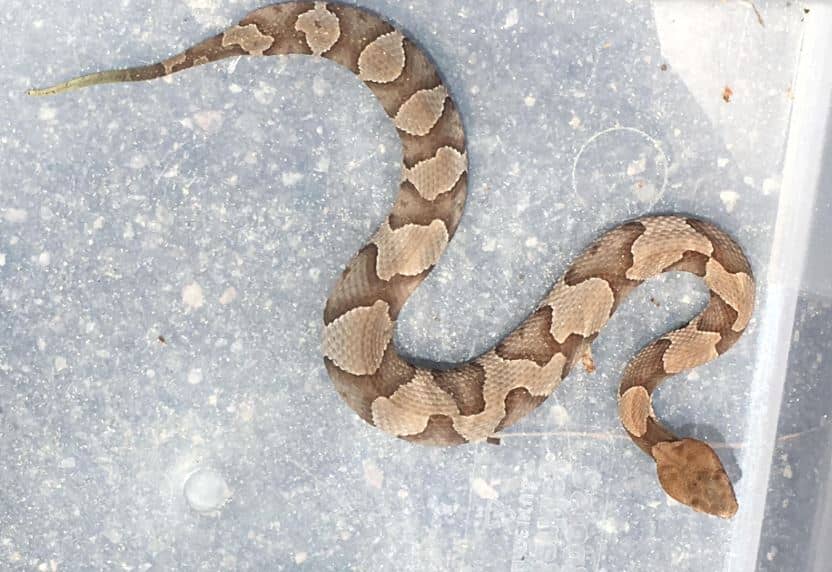



How To Identify A Baby Copperhead Snake 21 Pictures
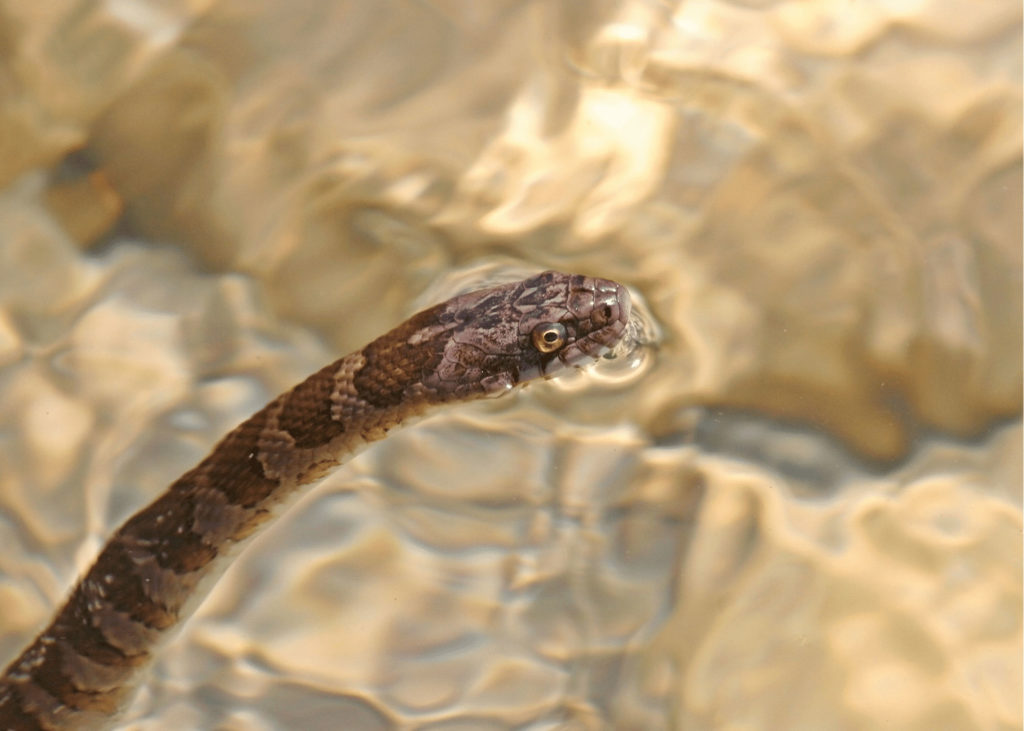



Carolina Pest What To Do When You Find A Snake In Charlotte Carolina Pest
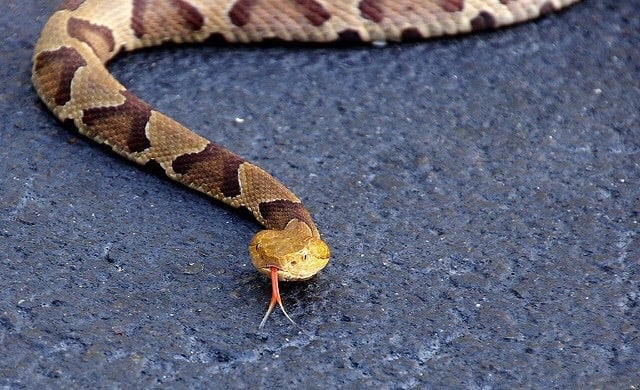



Baby Copperhead Snake Identification Guide Look For These 5 Things Embora Pets




Baby Copperhead Season Has Begun In Carolinas What To Know The State
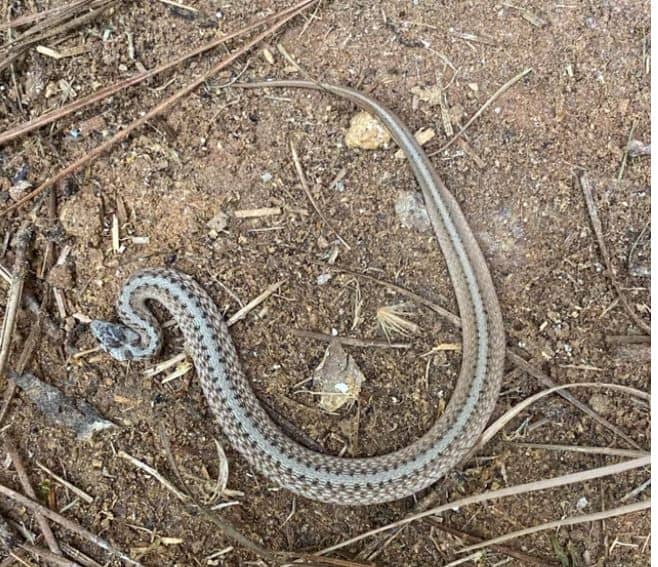



How To Identify A Baby Copperhead Snake 21 Pictures




Tis The Season For Babies Copperhead Babies That Is Youtube




North Carolina Snakes What You Need To Know On World Snake Day Nc State Veterinary Medicine
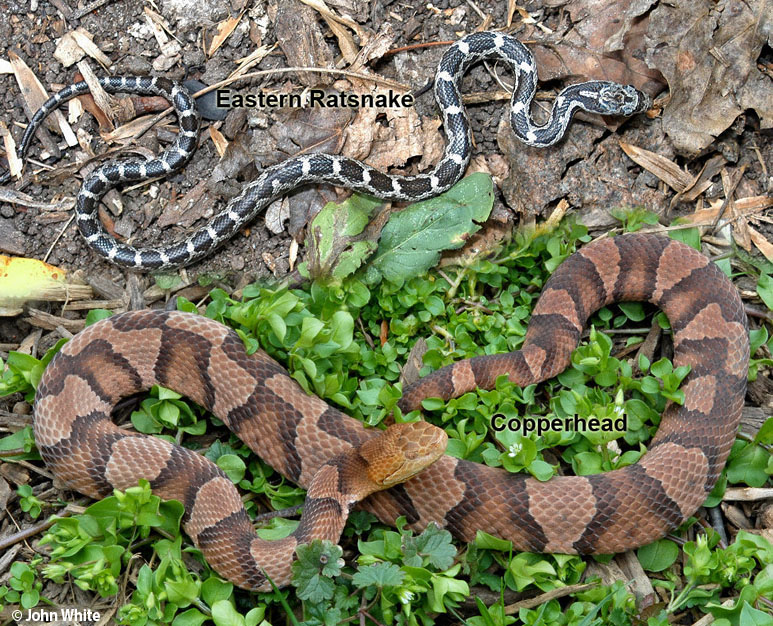



Copperheads And Similar Looking Harmless Species




Baby Copperheads How To Identify Them And Get Rid Of Them




North Carolina Snakes Pictures And Identification Help
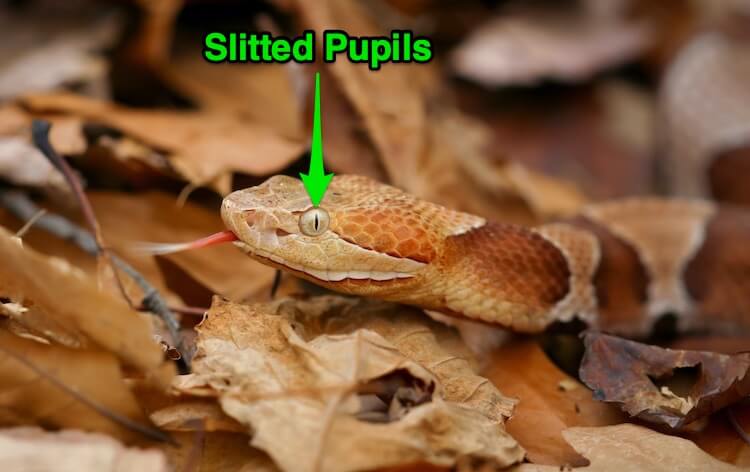



7 Ways To Identify Prevent Remove Baby Copperhead Snakes Everything Reptiles
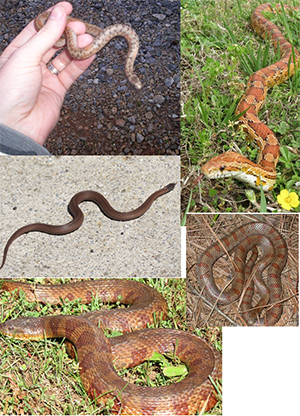



The Copperhead Snake Is Often Misidentified




Baby Copperhead Snake
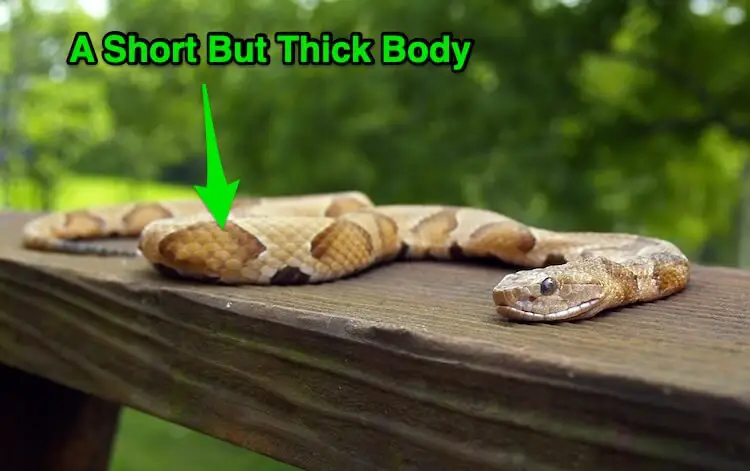



7 Ways To Identify Prevent Remove Baby Copperhead Snakes Everything Reptiles
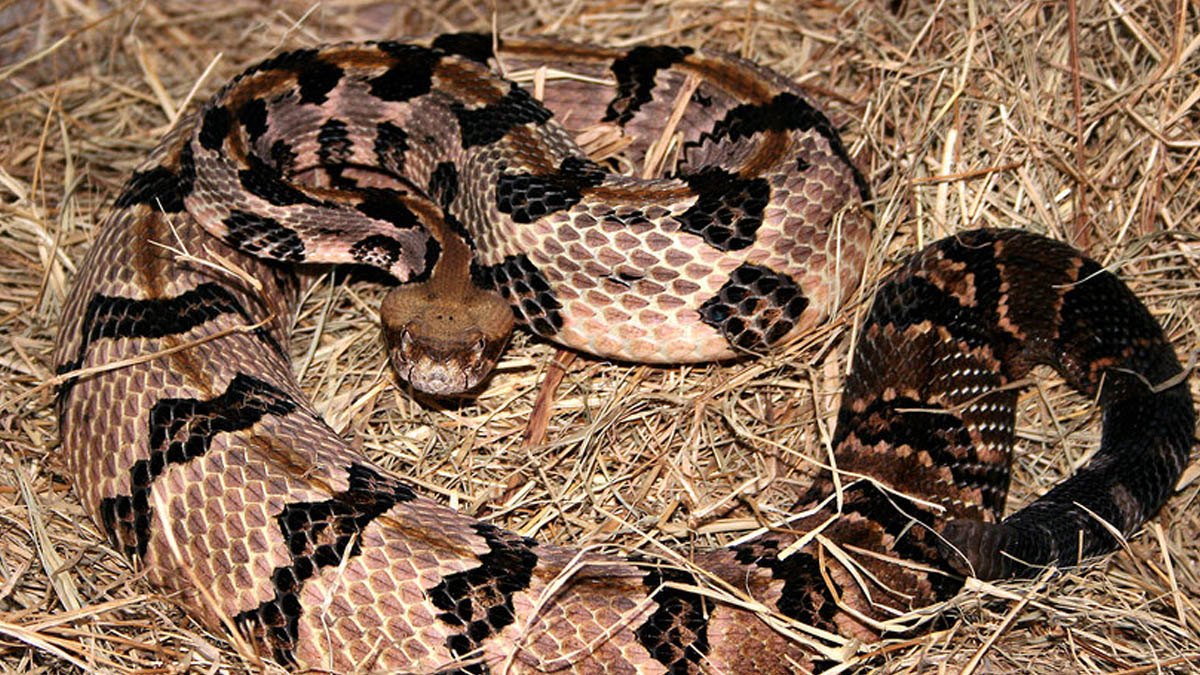



Baby Copperhead Snakes Will Emerge Soon In North Carolina Due To Warmer Than Normal Summer Abc11 Raleigh Durham




Northern Brown Snake A Very Common Herp Youtube




How To Identify A Baby Copperhead Snake 21 Pictures



0 件のコメント:
コメントを投稿